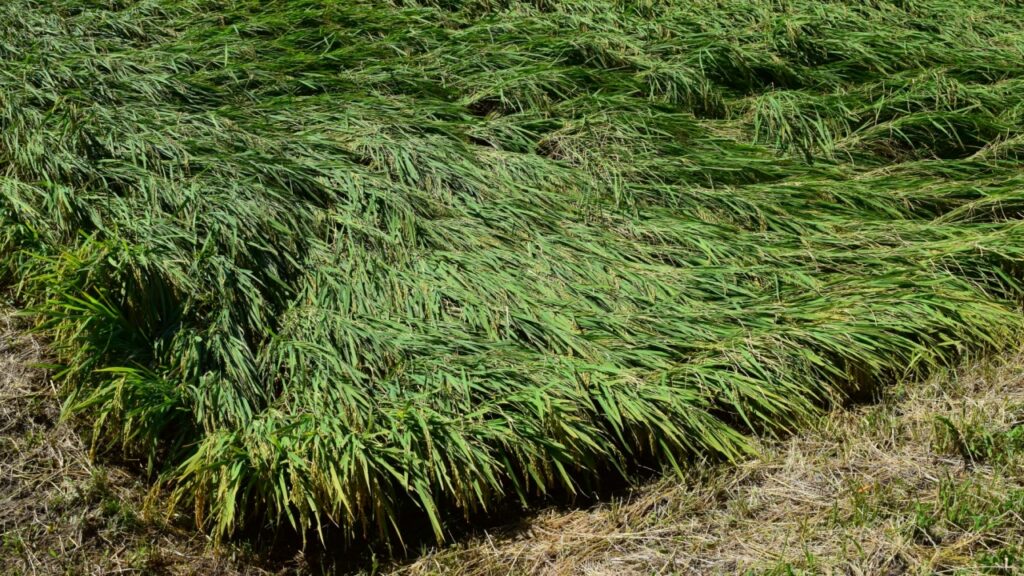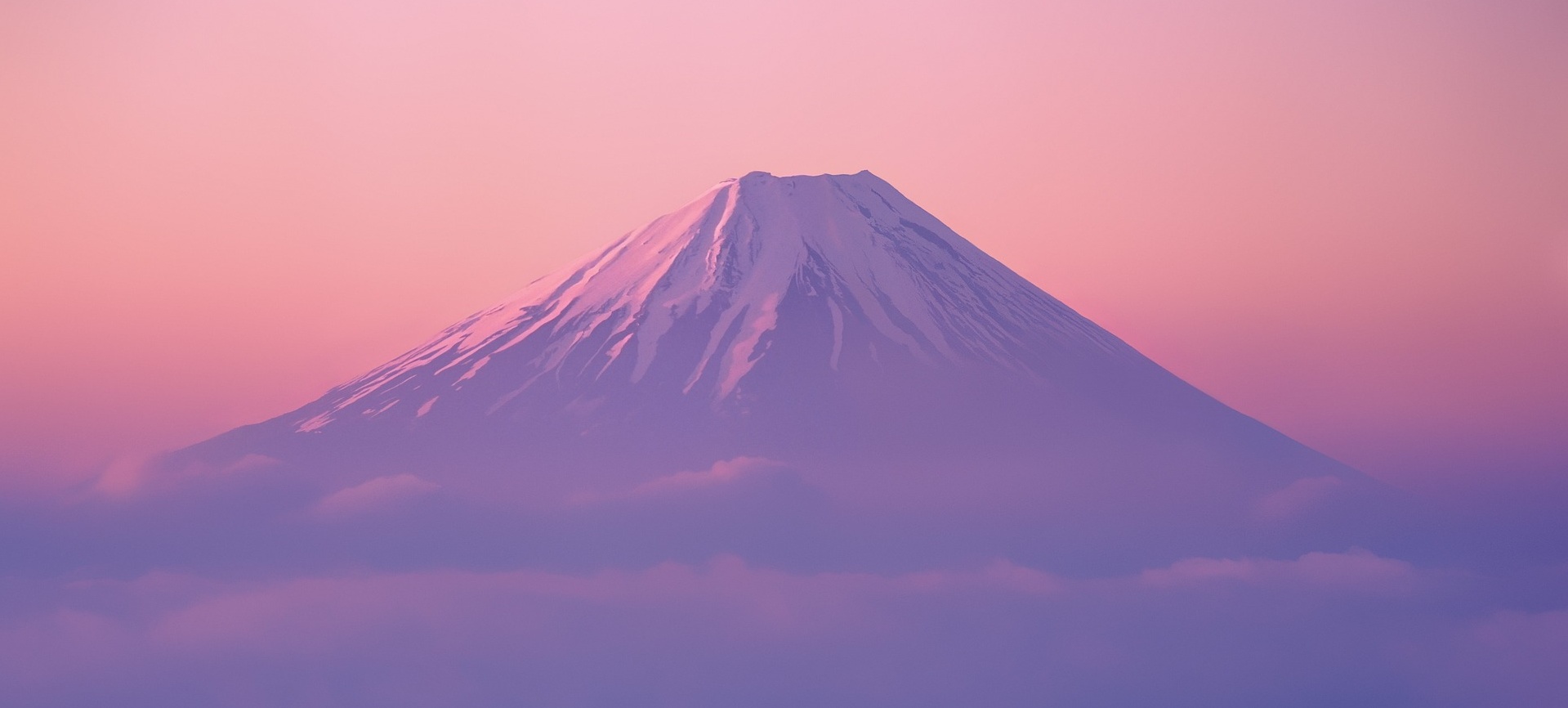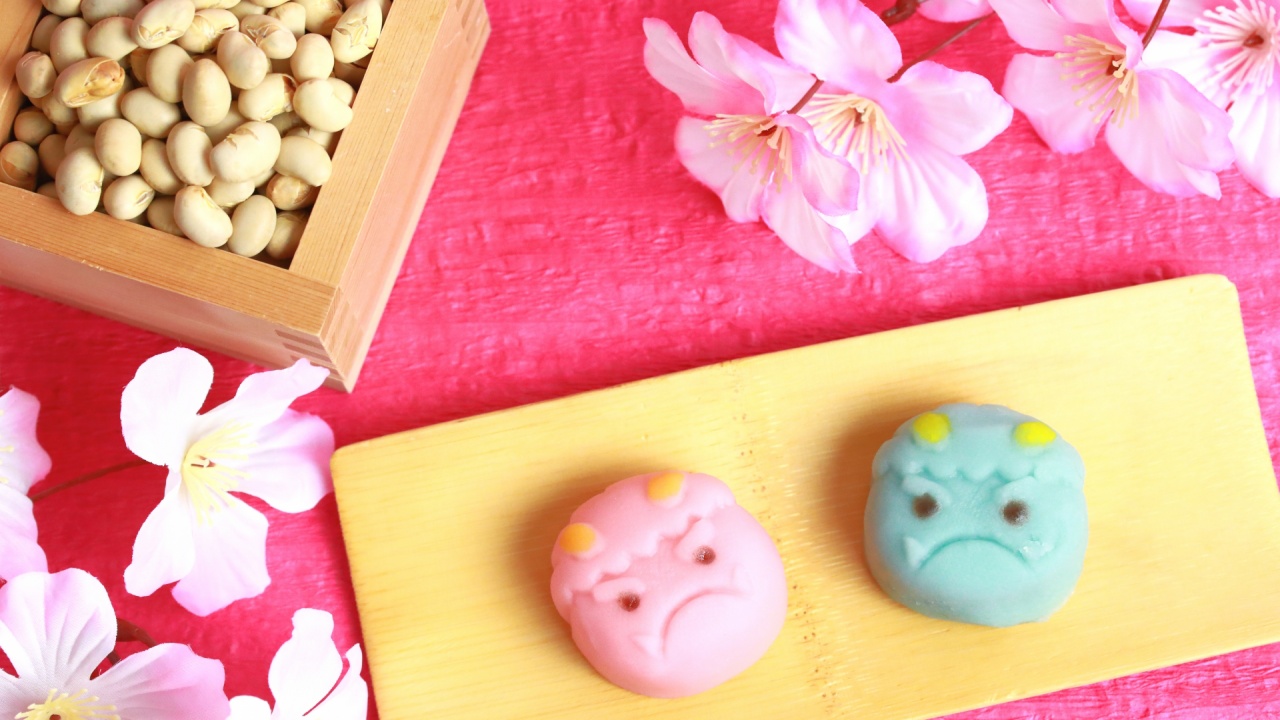土用(どよう/Doyou)
季節の変わり目の期間で、立春・立夏・立秋・立冬の前の約18日間
Approximately 18 days before the beginning of spring, summer, autumn, and winter during the change of seasons
これは四季を陰陽五行説で解釈する考え方です。木火土金水の5つの要素と色は、それぞれ以下のようになります。
This is a way of thinking that interprets the four seasons using the theory of Yin, Yang, and Five Elements. The five elements and colors of wood, fire, earth, metal, and water are as follows.
春:木(青)/Spring: Wood (blue)
夏:火(赤)/Summer: Fire (red)
秋:金(白)/Autumn: Gold (white)
冬:水(黒/紫)/Winter: Water (black/purple)
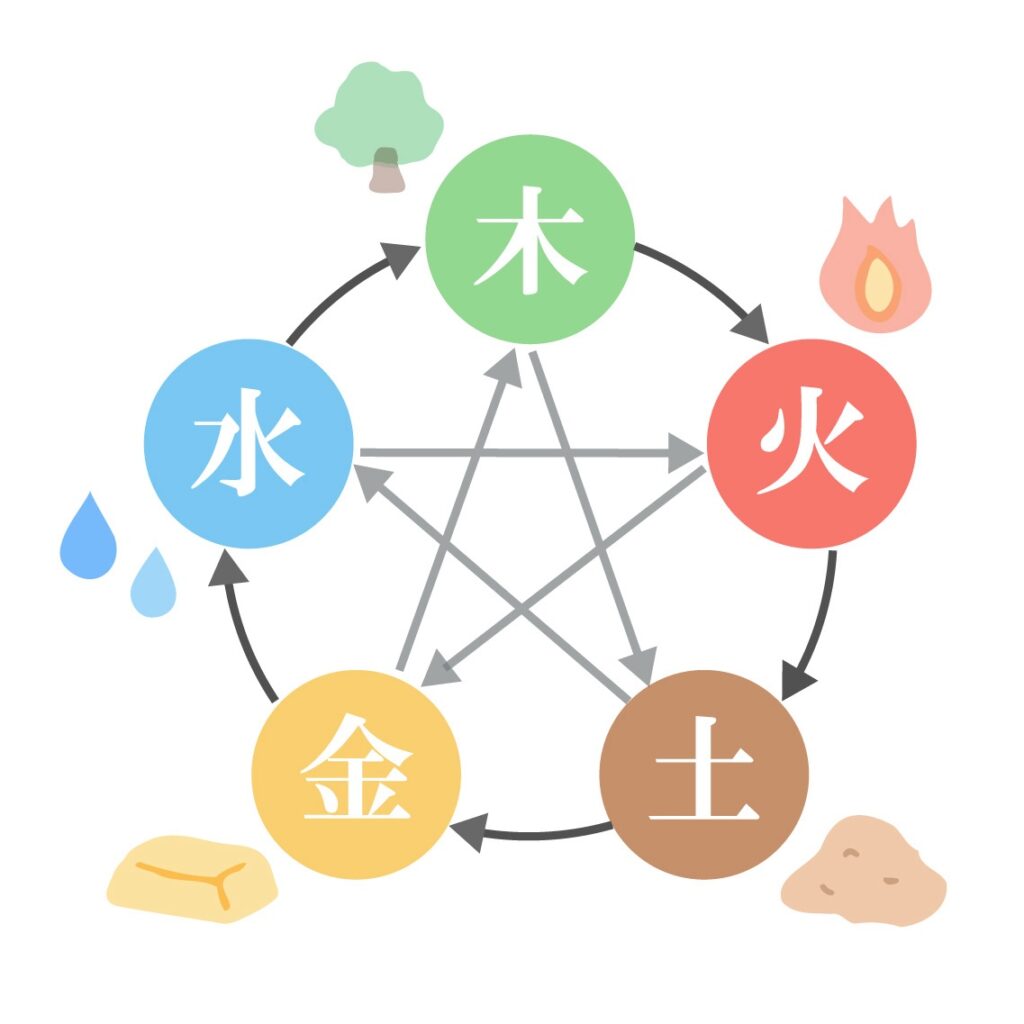
1年(約365日)を5つに分割すると、73日余り。4つの季節(春:木・夏:火・秋:金・冬:水)に、それぞれ73日余をあてます。さらに残りの73日=土を4分割して、季節の終わりに組み込んだものが「土用」です。

If you divide one year (approximately 365 days) into five parts, there are just over 73 days. Each of the four seasons (Spring: Wood/Summer: Fire/Autumn: Gold/Winter: Water) will have about 73 days. Furthermore, the remaining 73 days (Earth) are divided into four parts and added at the end of each season, which is called “Doyo.’’

冬の土用→春→春の土用→夏→夏の土用→秋→秋の土用→冬
Winter Doyo → Spring → Spring Doyo → Summer → Summer Doyo → Autumn → Autumn Doyo → Winter
冬の土用/Winter Doyou
立春(2月4日ころ)前日まで
Until the day before the first day of spring (around February 4th)
春の土用/Spring Doyou
立夏(5月5日ころ)前日まで
Until the day before the first day of summer (around May 5th)
夏の土用/Summer Doyo
立秋(8月7日ころ)前日まで
Until the day before the first day of autumn (around August 7th)
秋の土用/Autumn Doyo
立冬(11月7日ころ)前日まで
Until the day before the first day of winter (around November 7th)
土用と食/Special Food
現代では、土用といえば「夏土用」「鰻」を連想しがちですが、それぞれの土用にちなんだ食(養生食 ようじょうしょく)があります。
Nowadays, people tend to think of “Summer Doyo” and “eel” when talking about the Doyo, but there are foods associated with each Doyo (yojo-shoku).
冬の土用/Winter Doyou
未の日に「ひ」のつく食べ物・赤い色の食材
On “Sheep day“ people eat foods that start with “Hi”and Red-colored ingredients
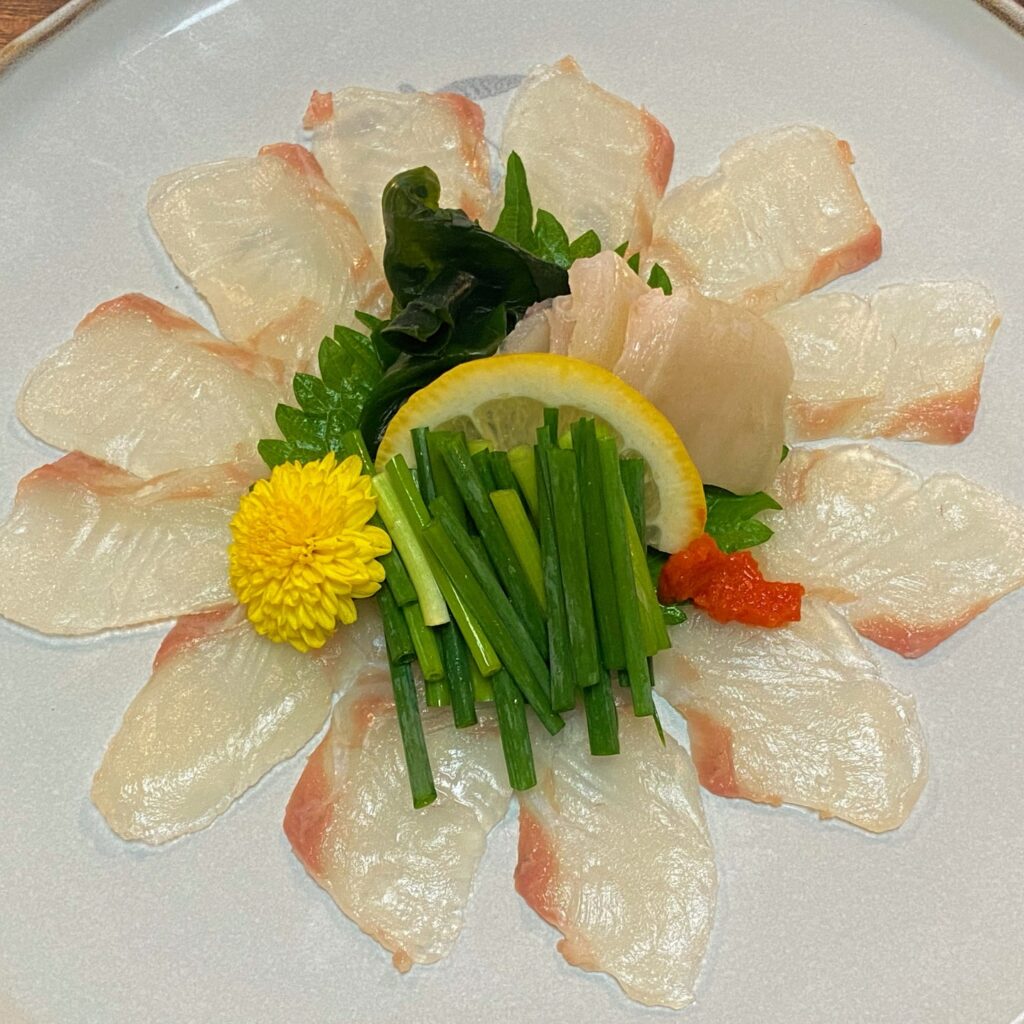
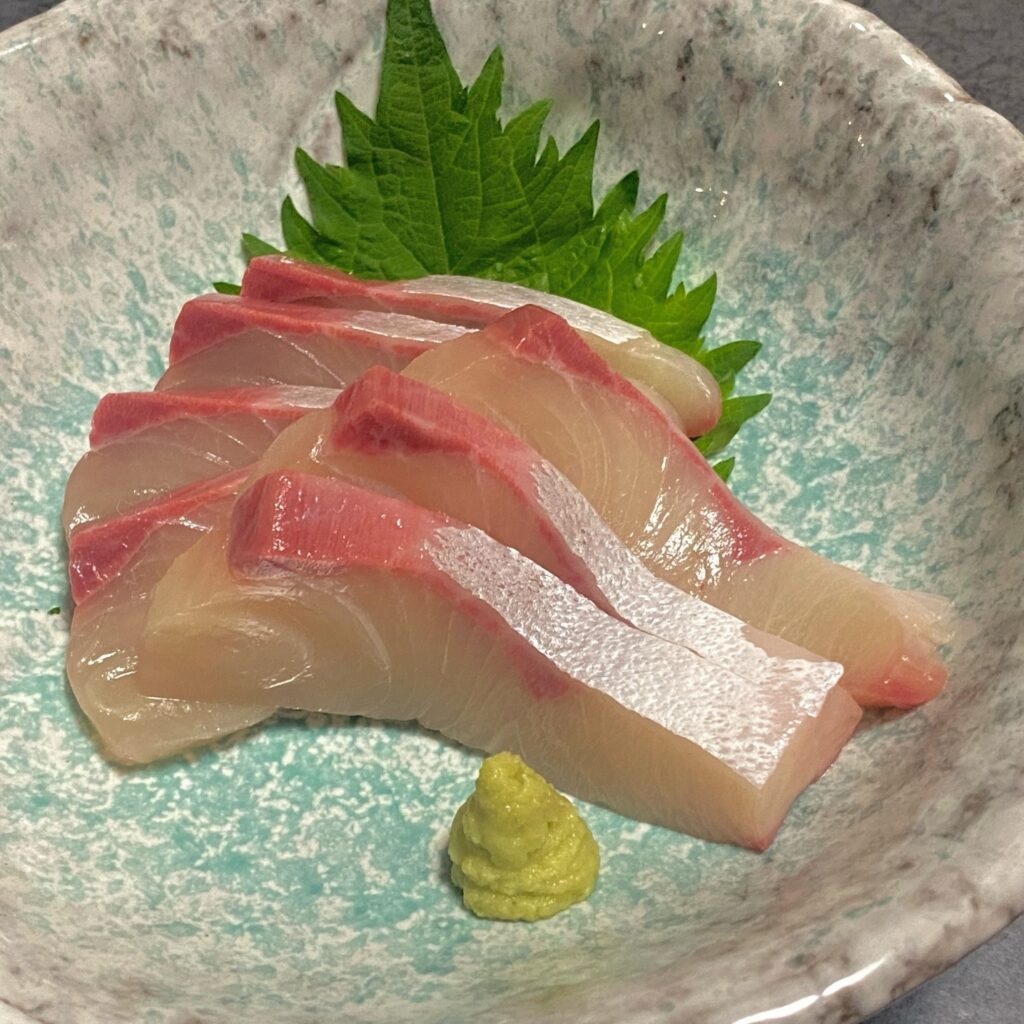
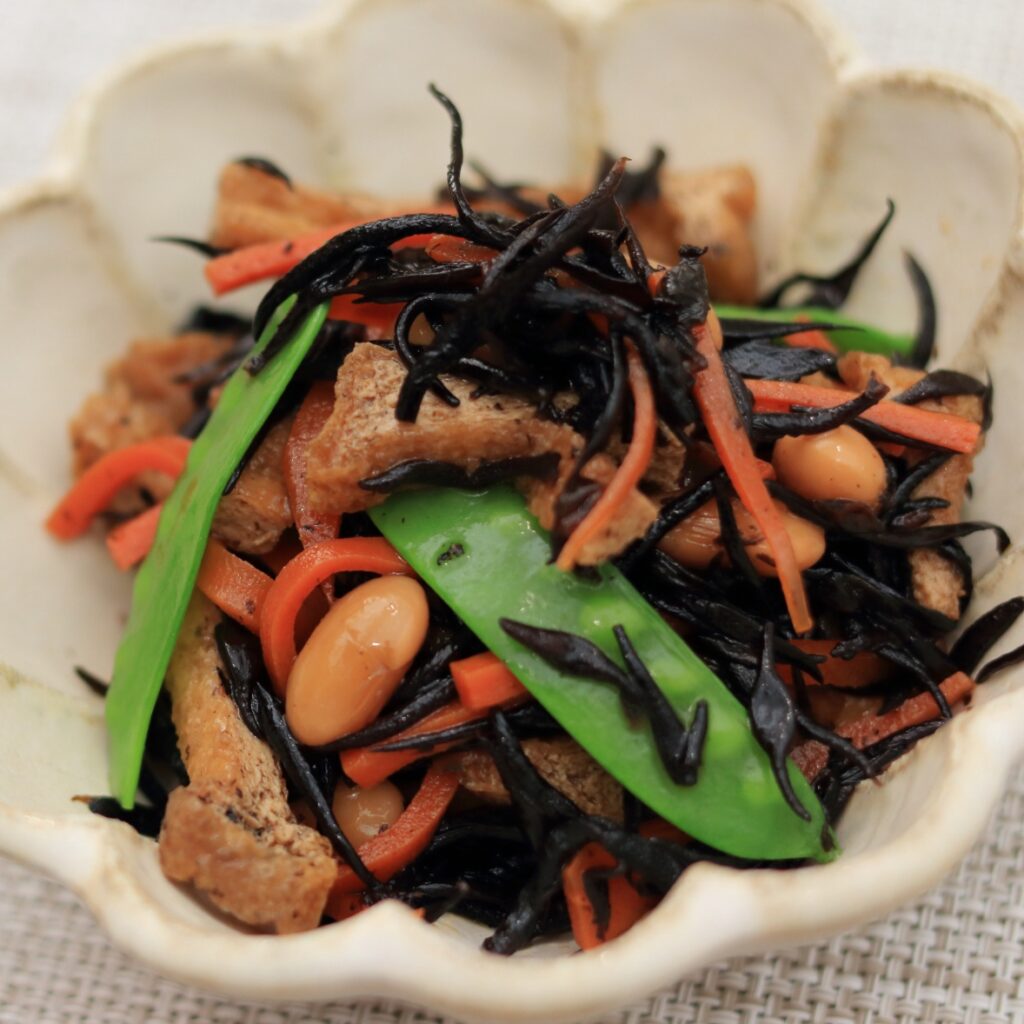
鮃・平政・ひじき・ひよこ豆・トマト・パプリカ・りんご・いちご
Flounder, Yellow tail amberjack, Hijiki, Chickpeas, Tomatoes, Paprika, Apples, Strawberries
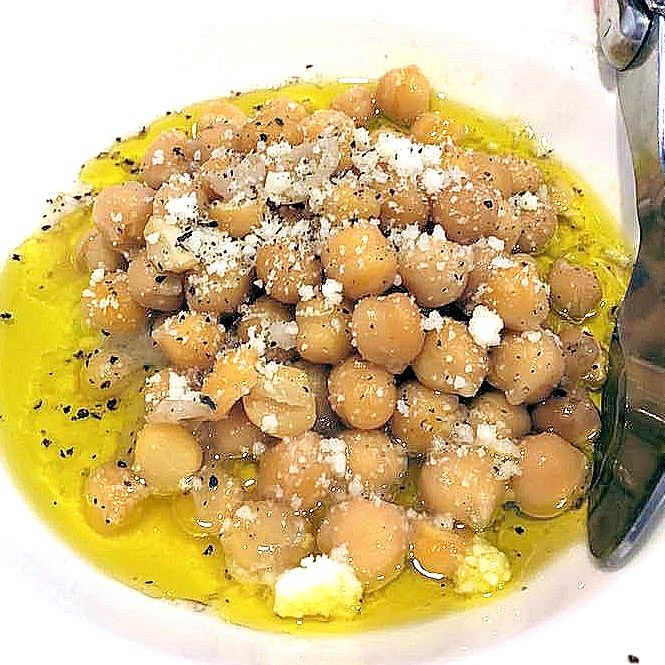
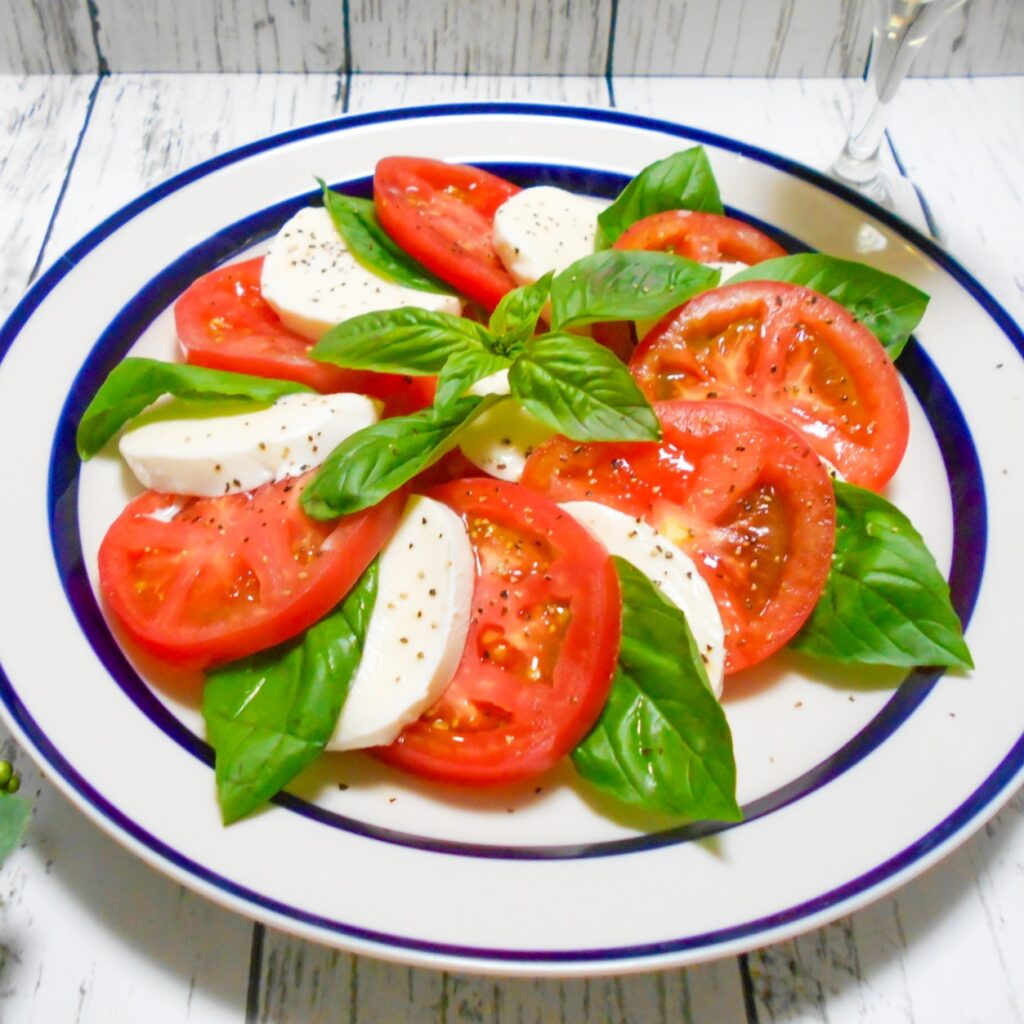
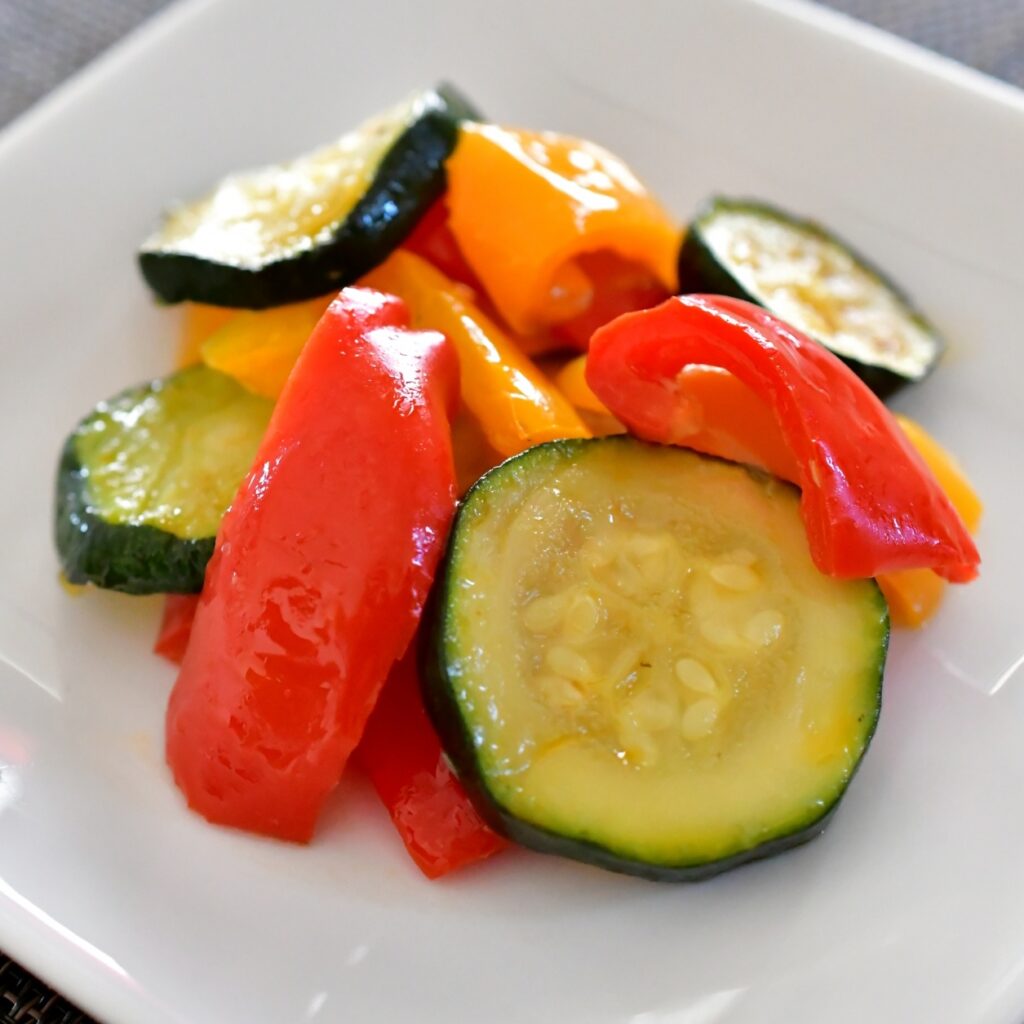
春の土用/Spring Doyou
戌の日に「い」のつく食べ物・白い色の食材
On “Dog day“ people eat foods that start with “I” and white colored ingredients
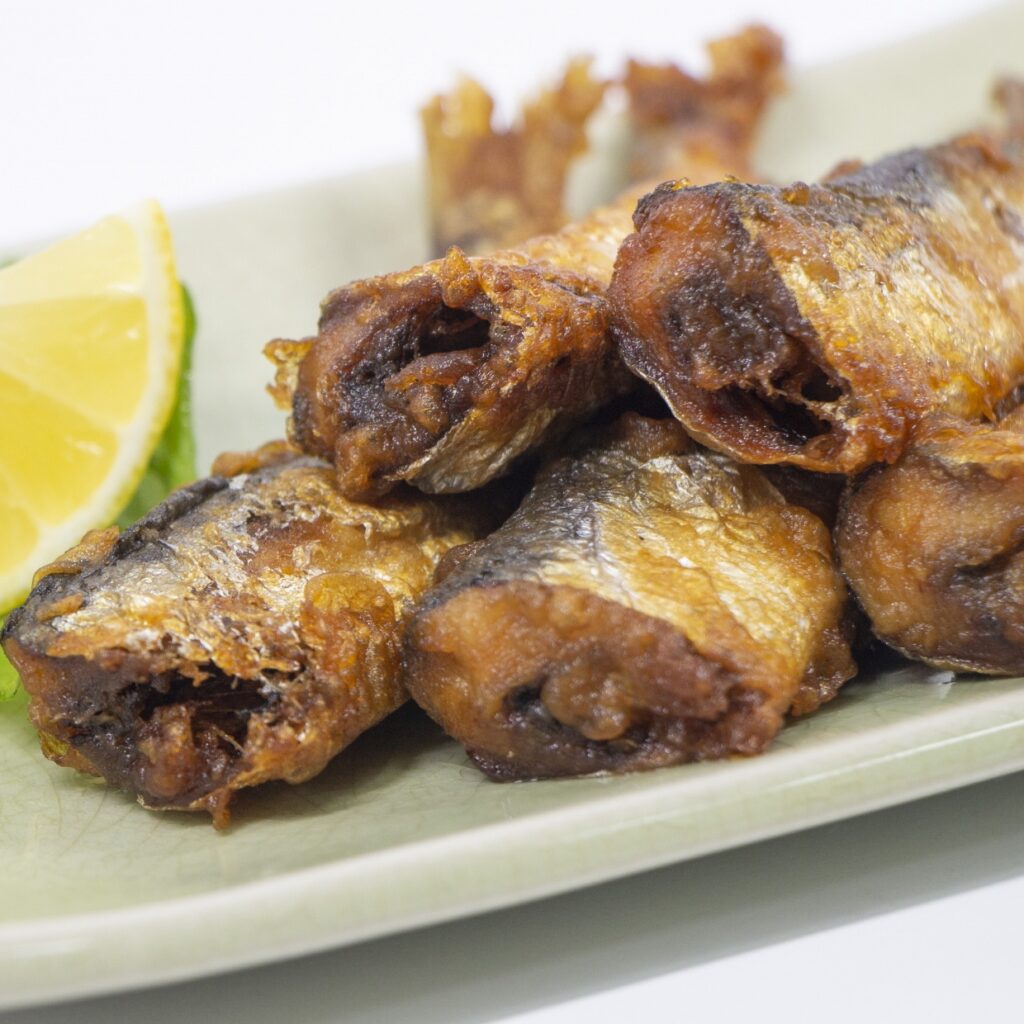

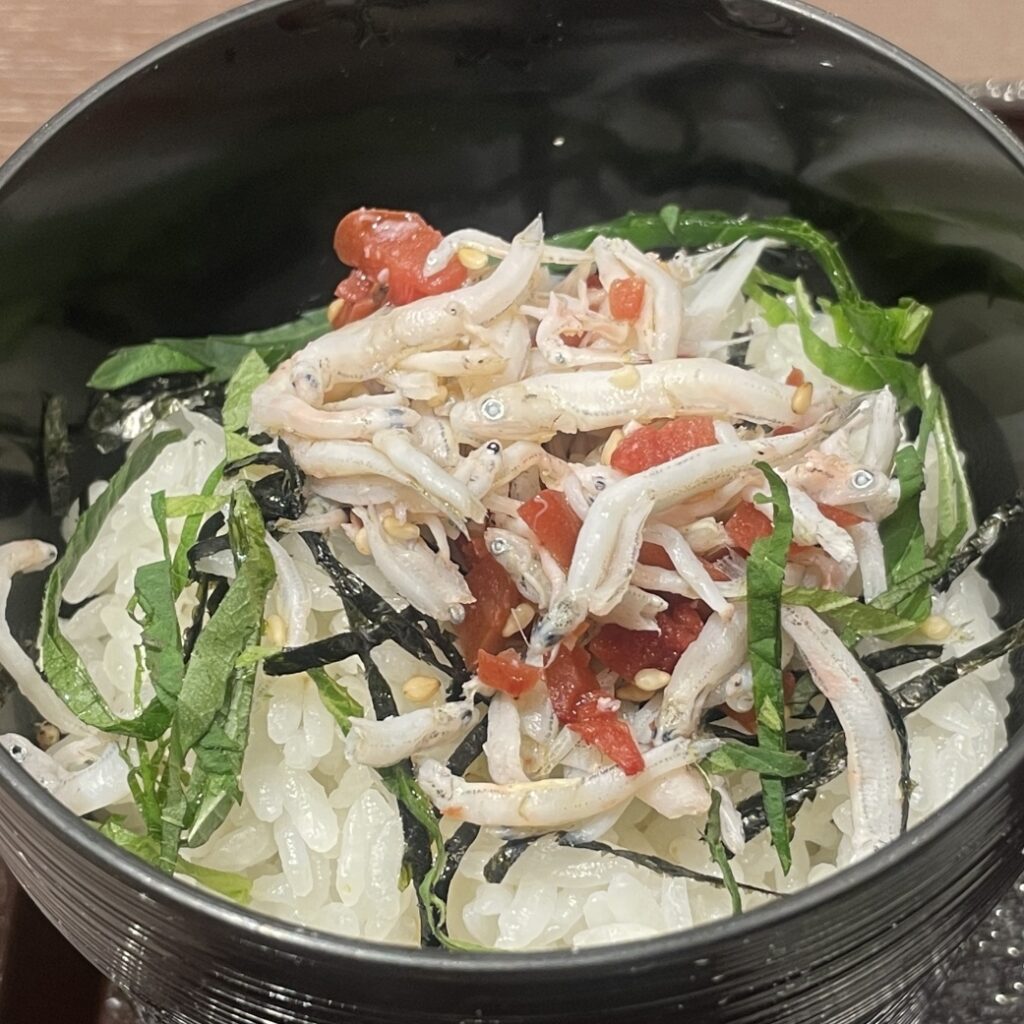
鰯・いくら・しらす・烏賊・豆腐・苺・芋・大根・蕪・隠元豆
Sardines, Salmon roe, Whitebait, Squid, Tofu, Strawberries, Potatoes, Radish, Turnips, Ingen beans
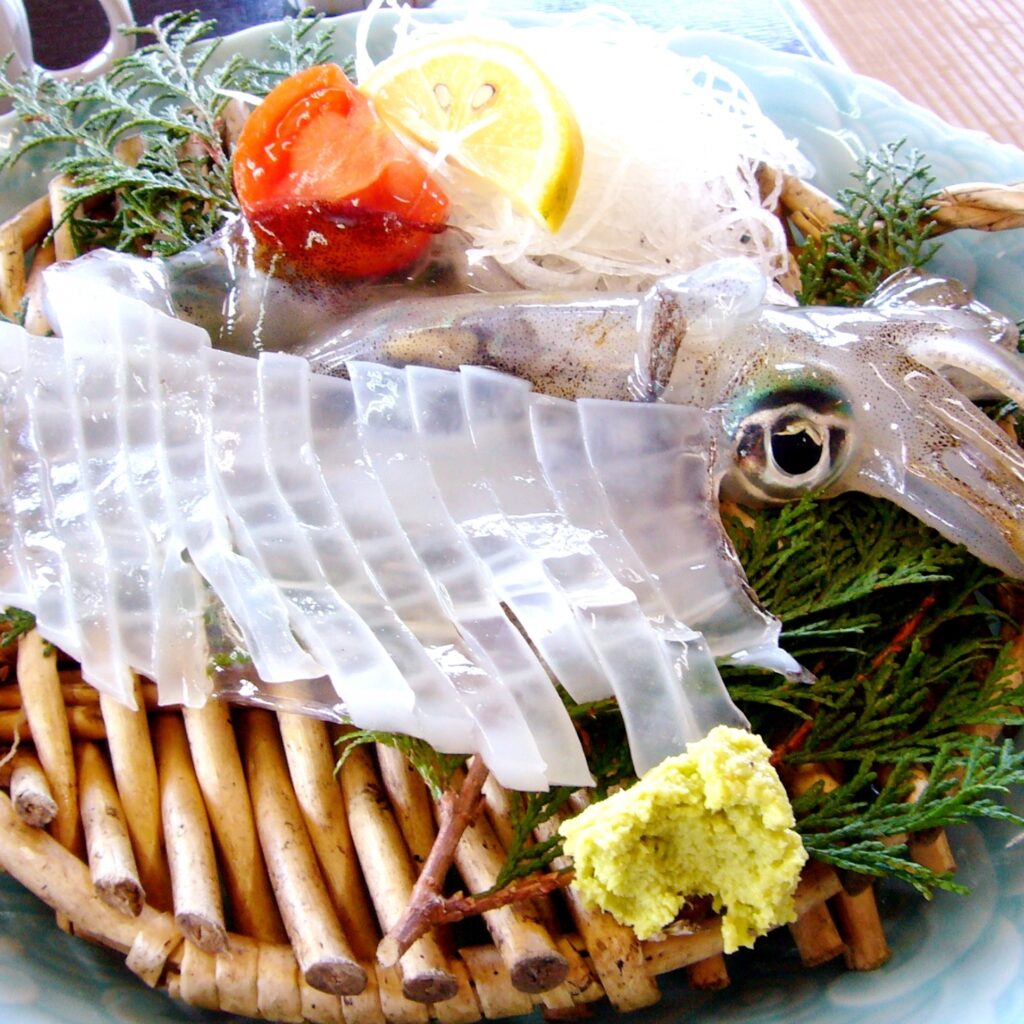
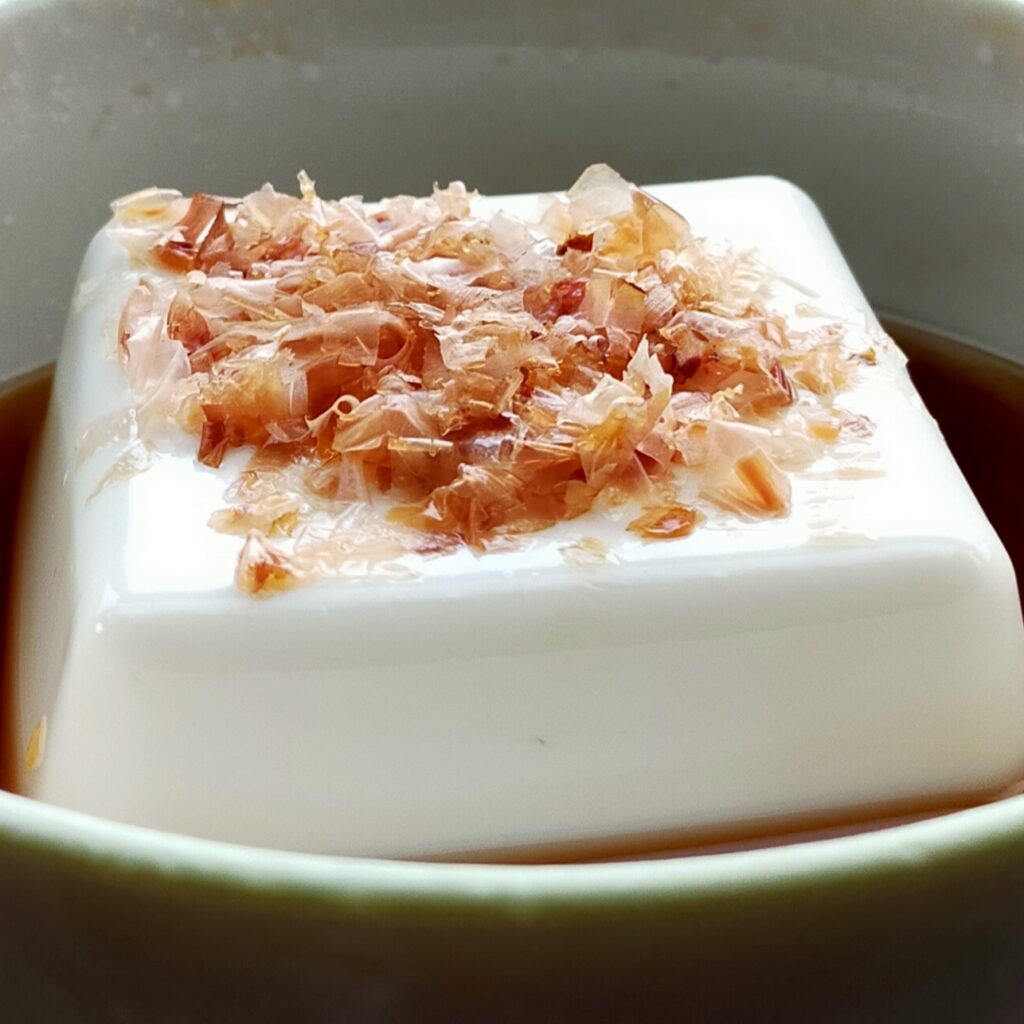
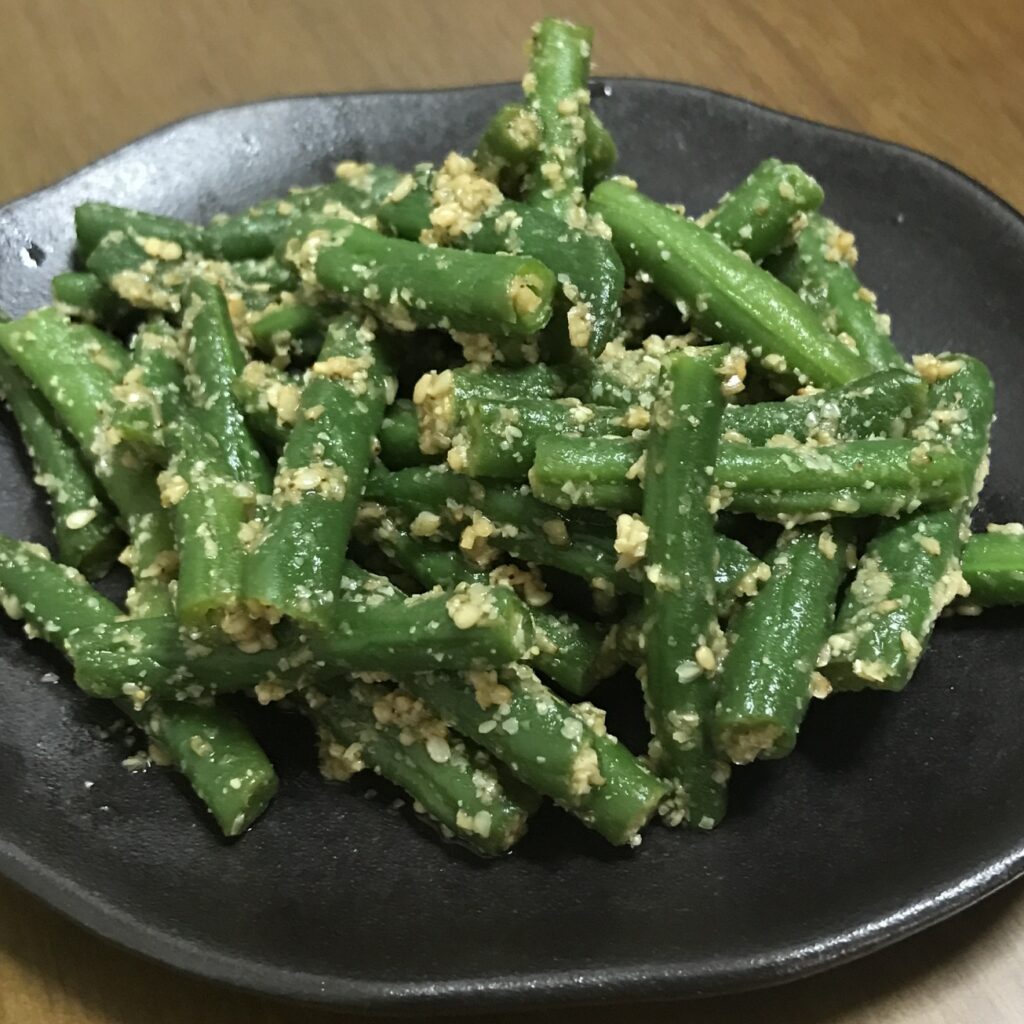
夏の土用/Summer Doyou
丑の日に「う」のつく食べ物・黒い色の食材
On “Ox day“ people eat foods that start with “U” and black colored ingredients
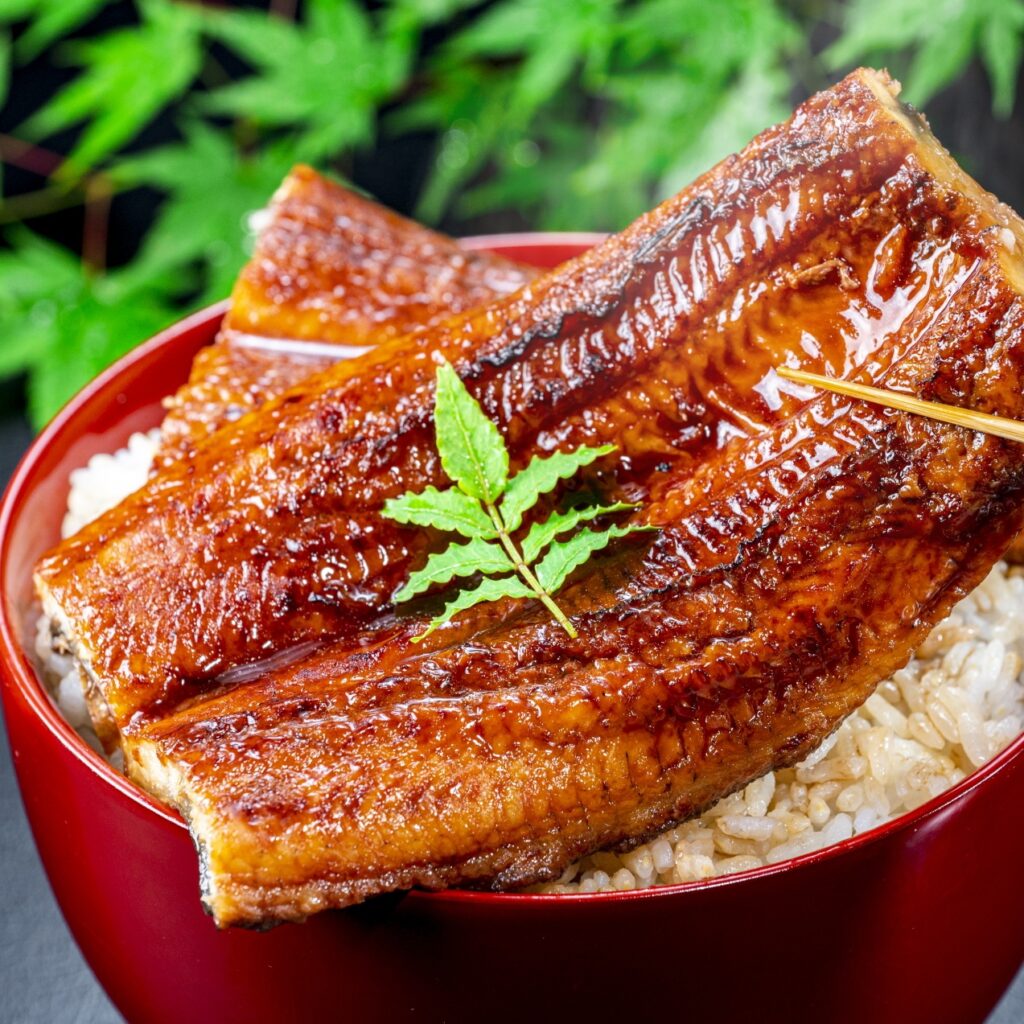
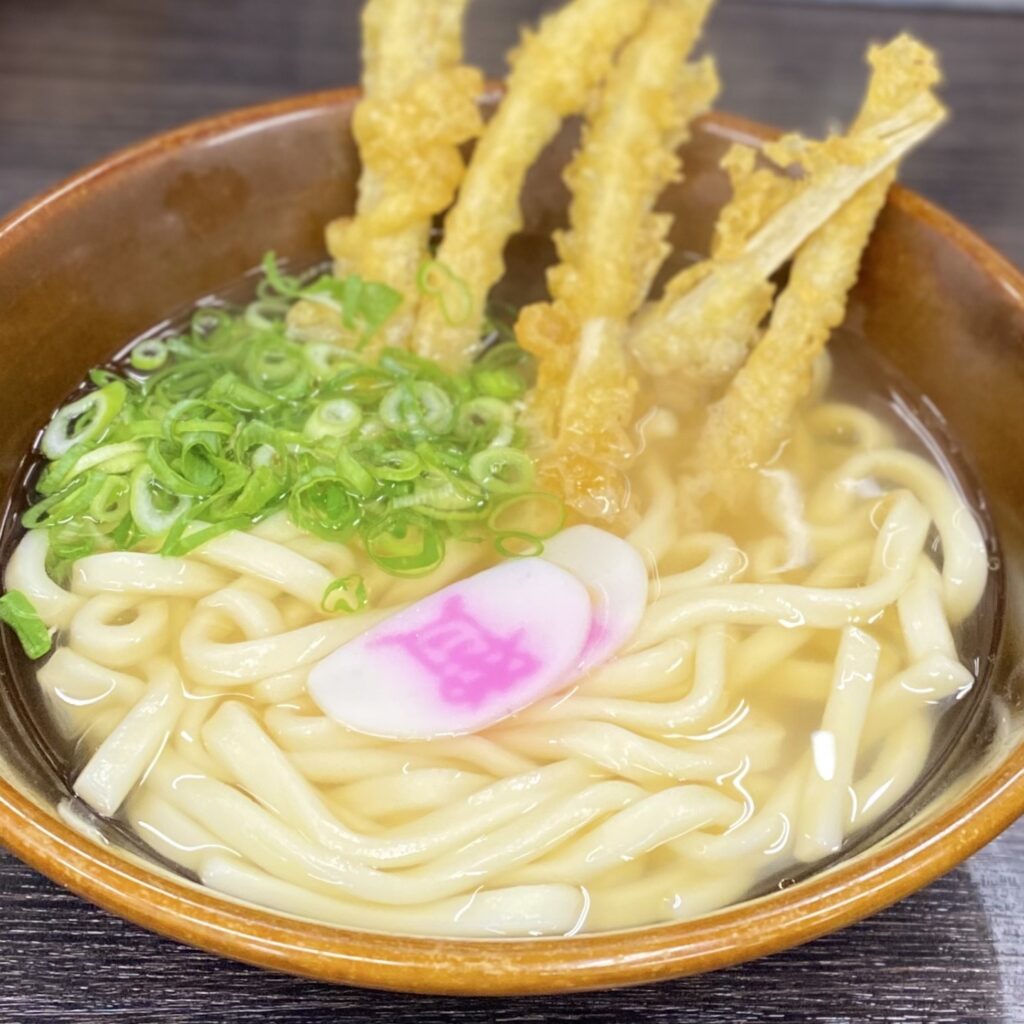
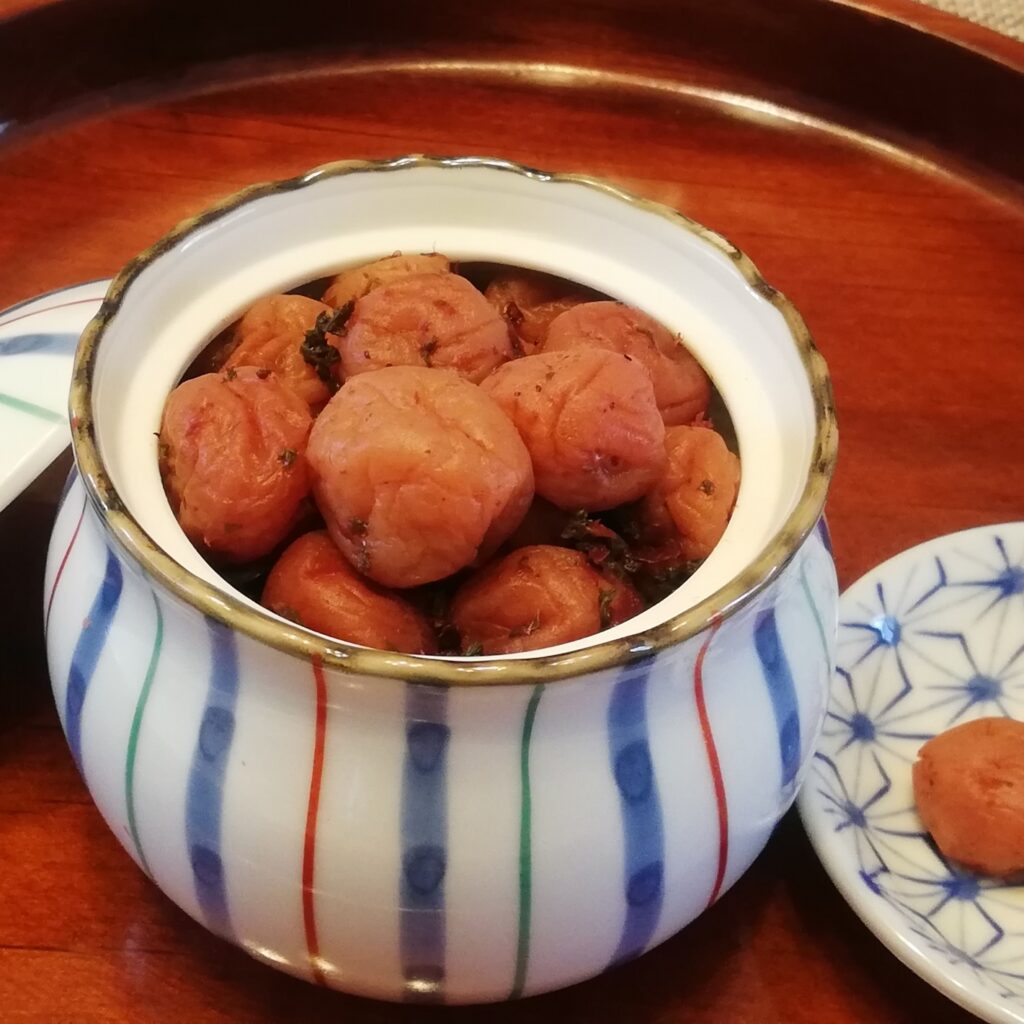
鰻・うどん・瓜・梅干し・胡麻・ヒジキ・土用シジミ・土用卵・土用餅
Eel, Udon, Melon, Pickled plums, Black sesame seeds, Hijiki, Doyo clams, Doyo eggs, Doyo mochi

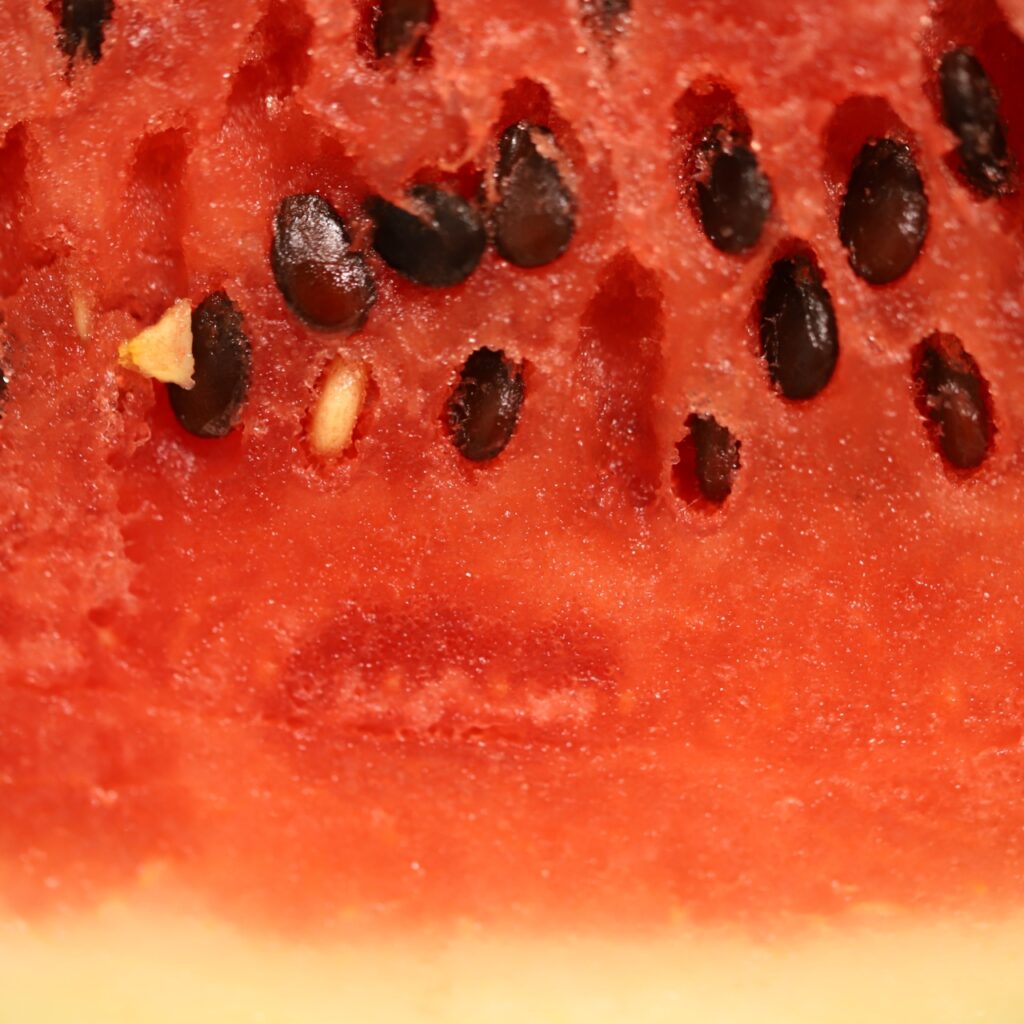
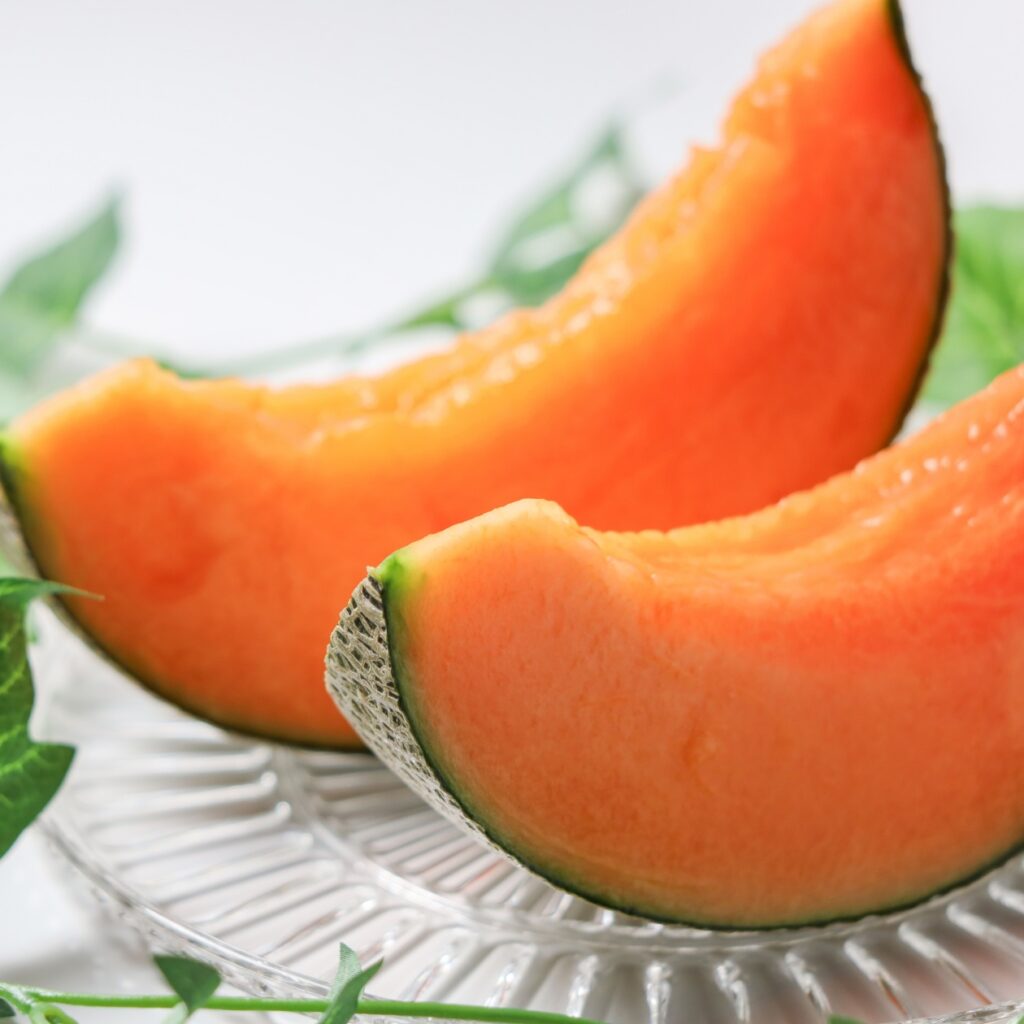

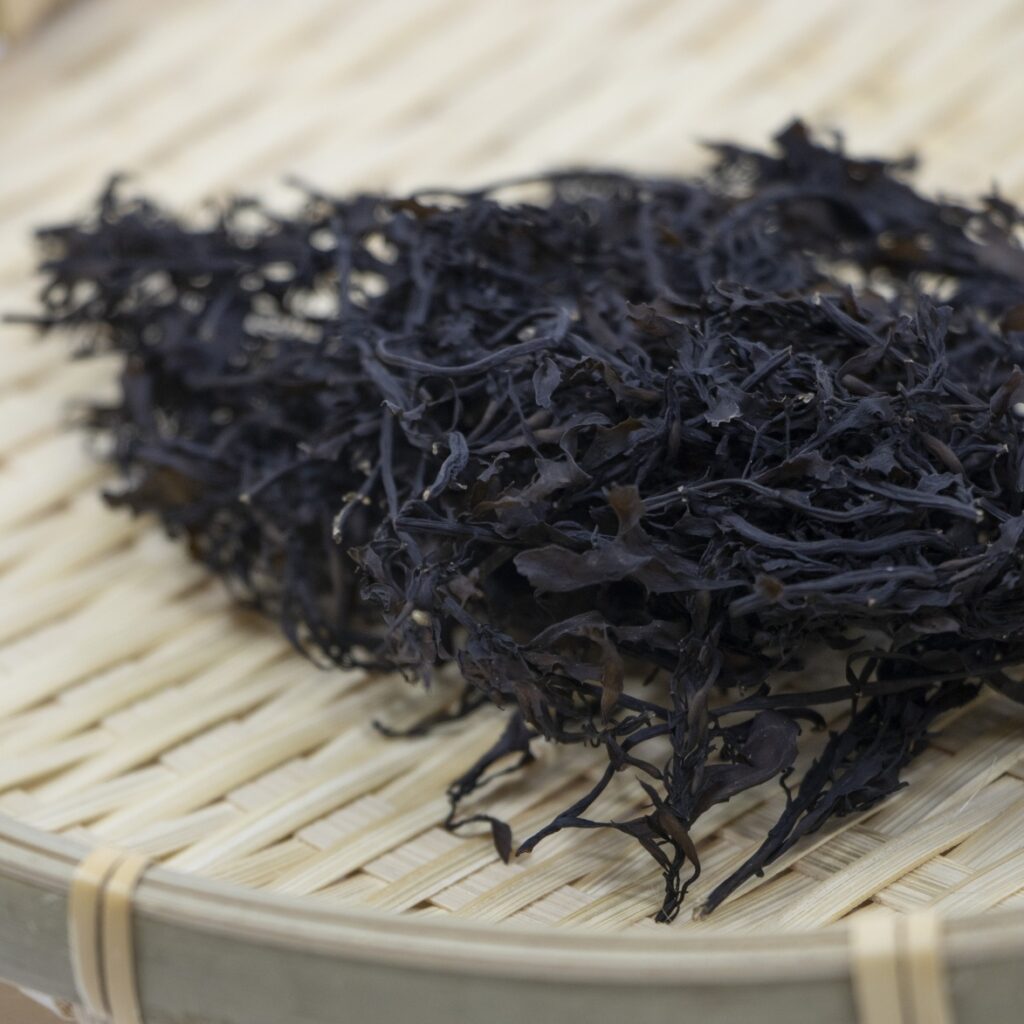
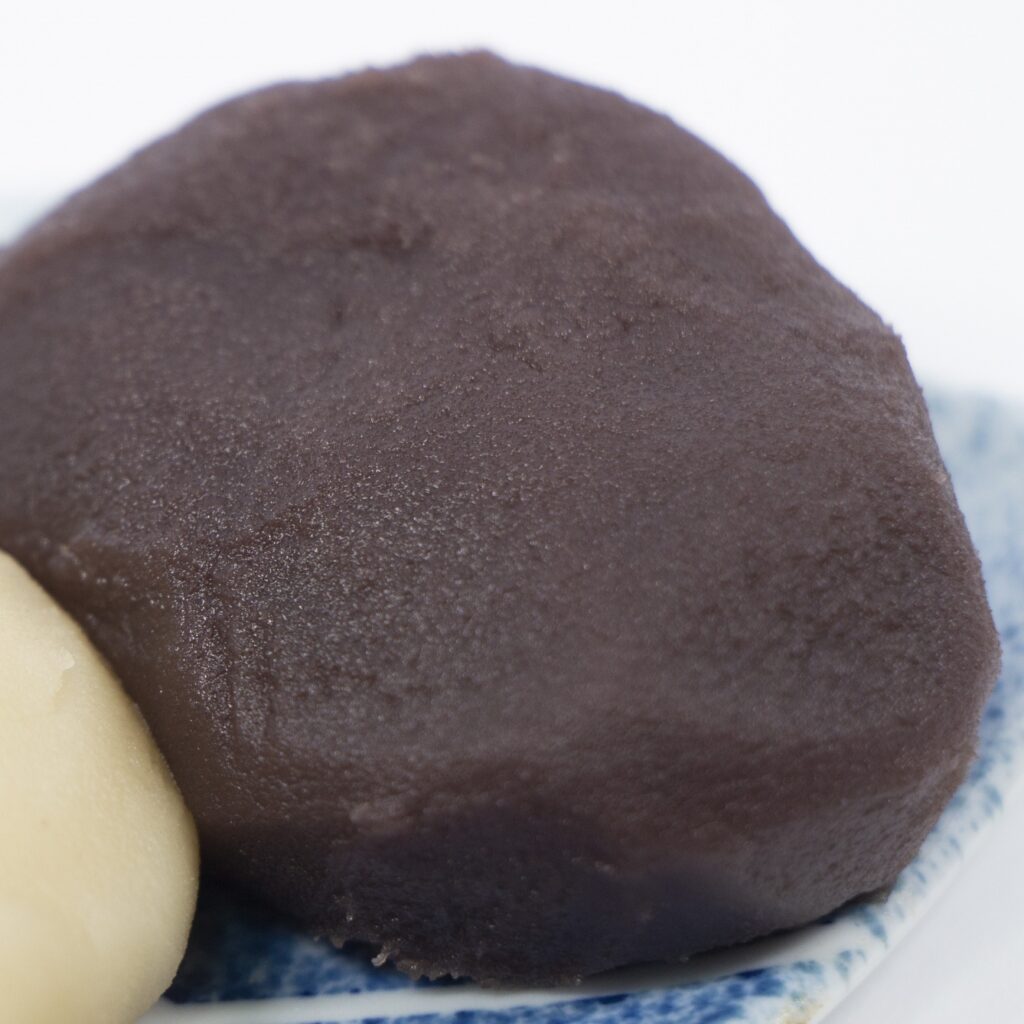
秋の土用/Autumn Doyou
辰の日に「た」のつく食べ物・青い色の食材
On “Dragon day“ people eat foods that start with “Ta” and blue colored ingredients (=blue-backed fish)
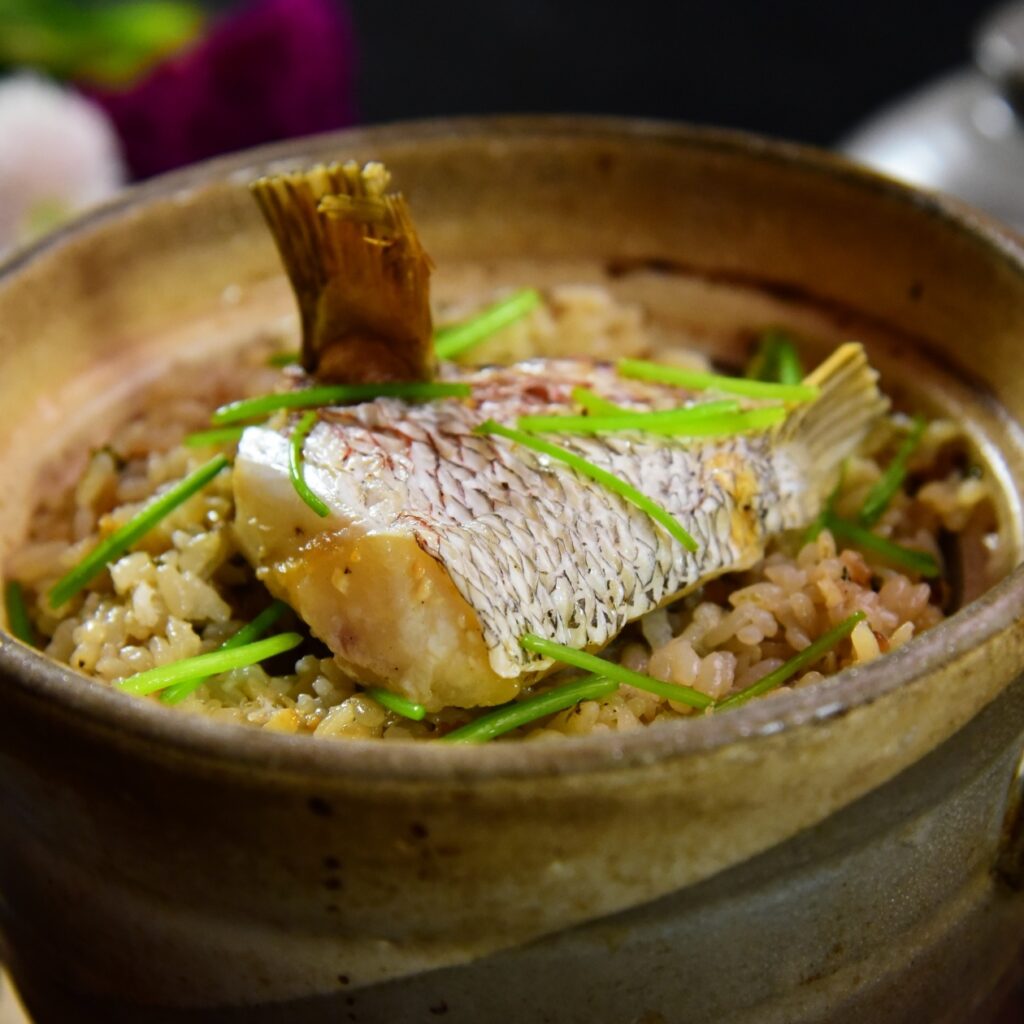
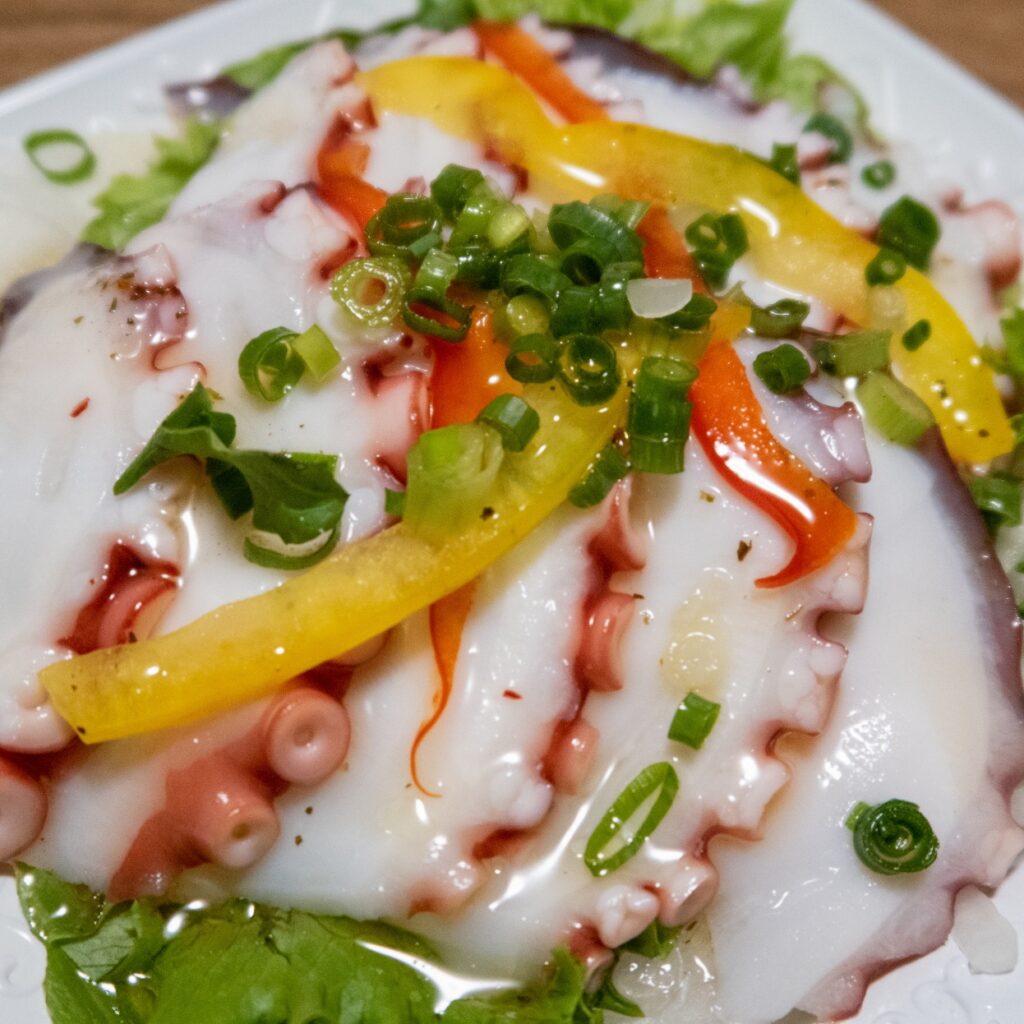
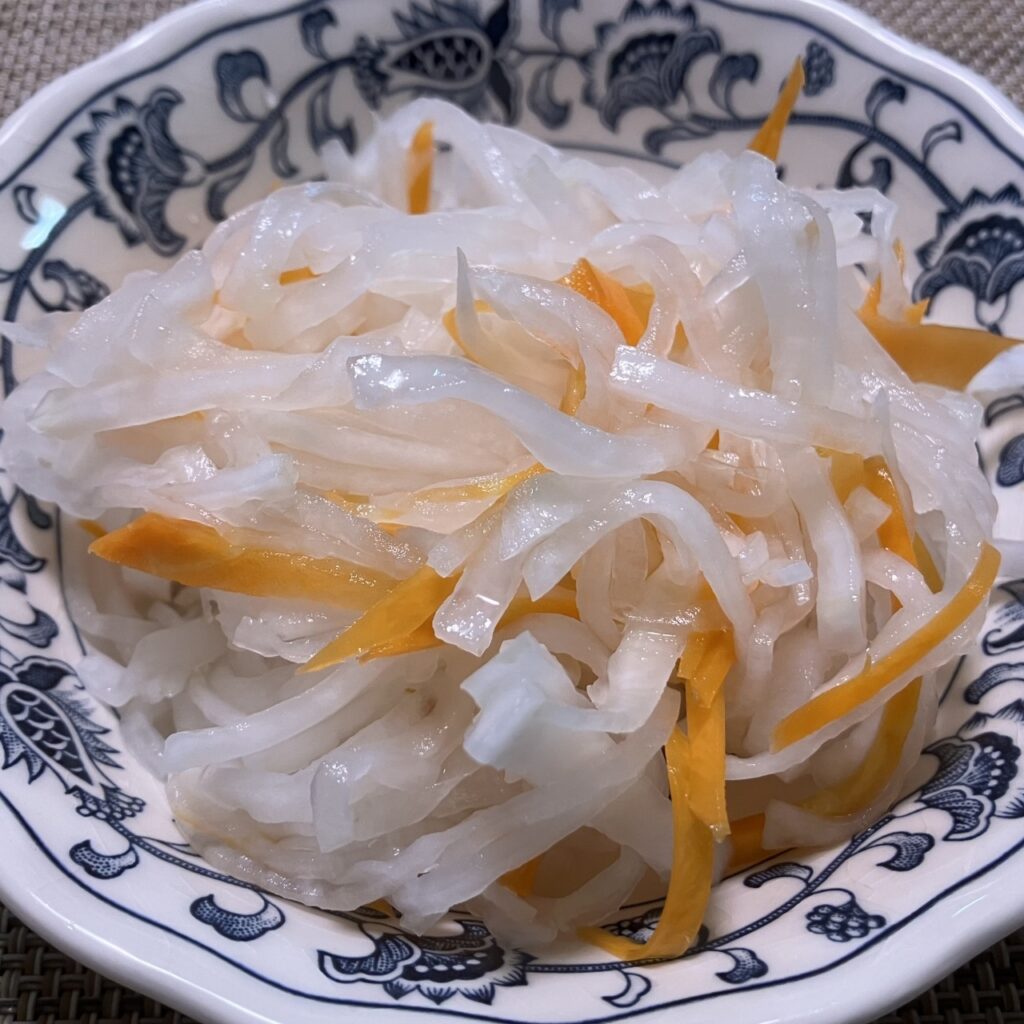
鯛・蛸・大根・玉ねぎ・秋刀魚・鯵・鯖・鰯
Sea bream, Octopus, Radish, Onion, Swordfish, Horse mackerel, Mackerel, Sardine
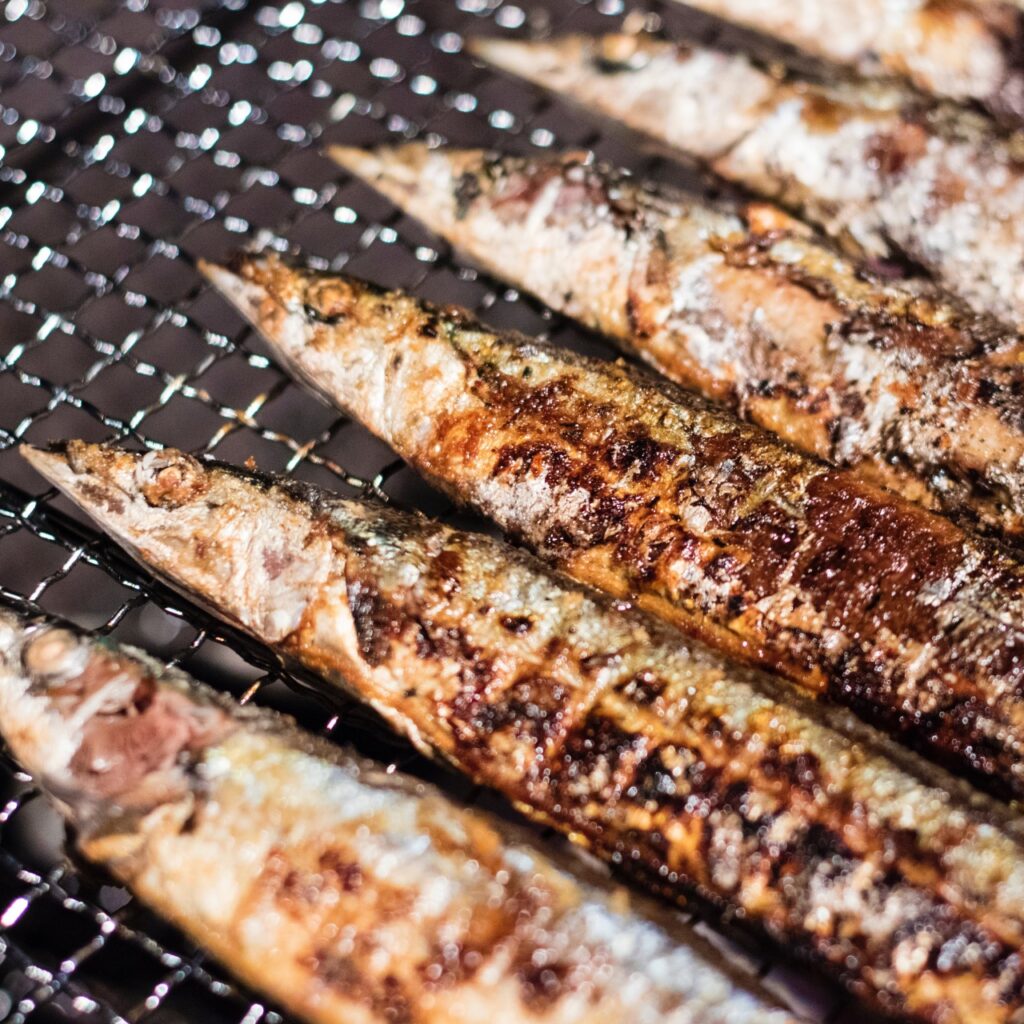
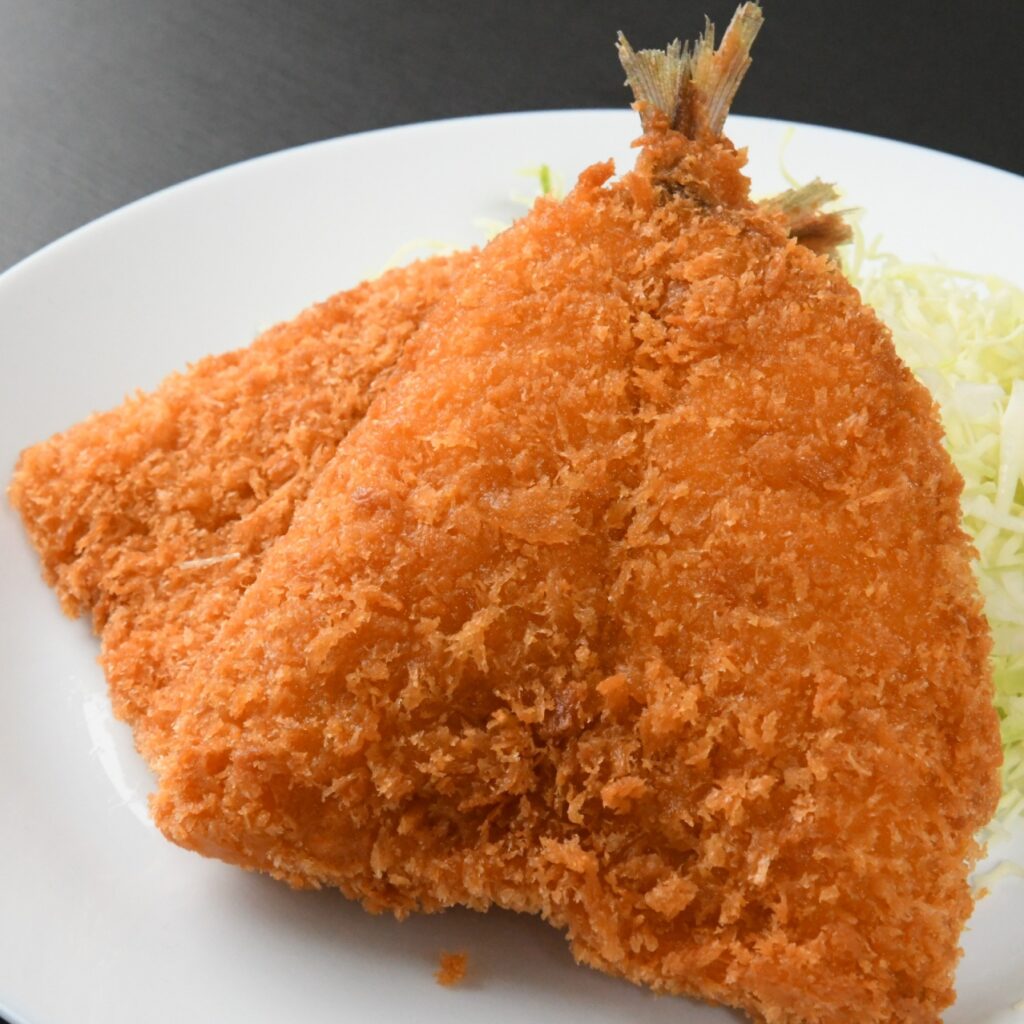
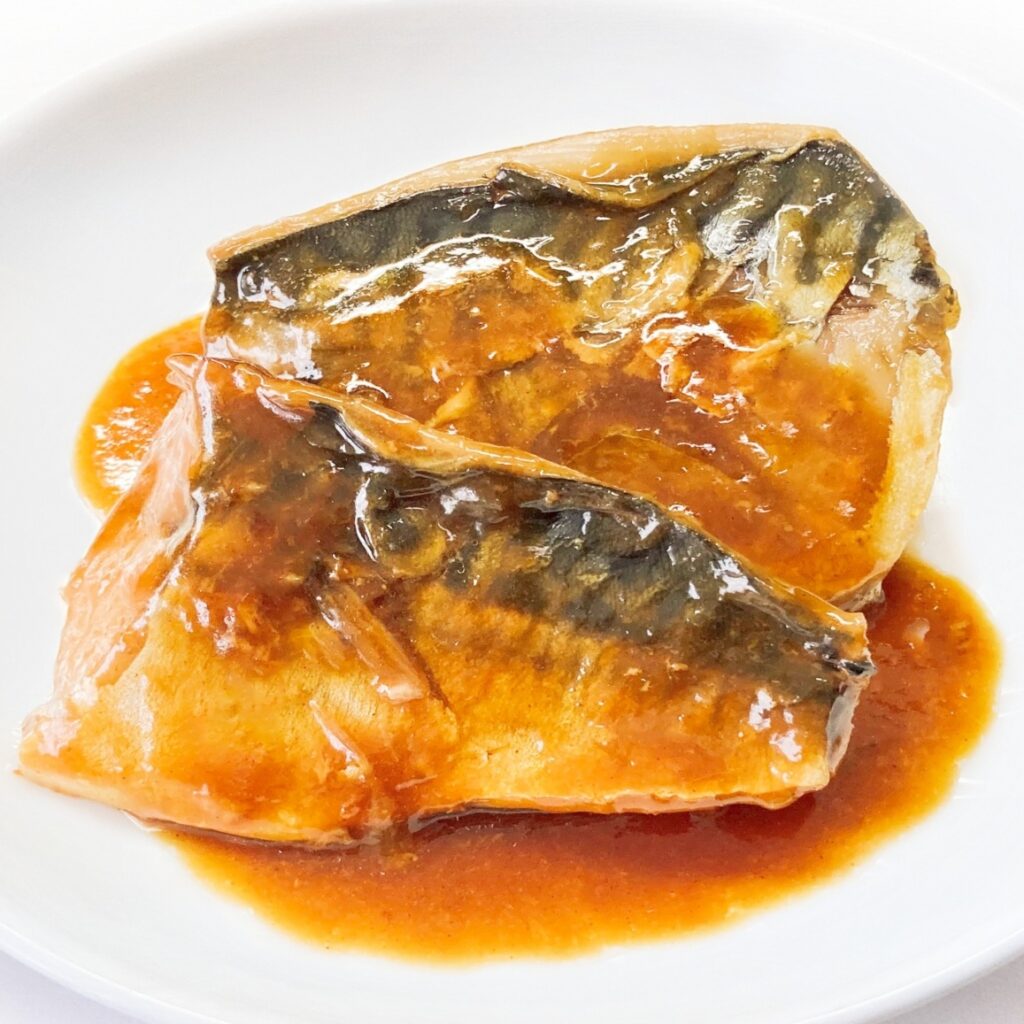
節分(せつぶん/Setsubun)
立春の前日/The day before Risyun(the first day of spring)
もともと「節分」は、立春・立夏・立秋・立冬の前日をさし、季節の分かれ目を意味していたもの。現在では立春の前日のみ「節分」とみなされるようになった。
Originally, “Setsubun” referred to the day before the first day of spring, summer, autumn, and winter, and signified the turning point of the seasons. Nowadays, only the day before the first day of spring is considered “Setsubun”.
行事/Event
豆まき/Bean throwing
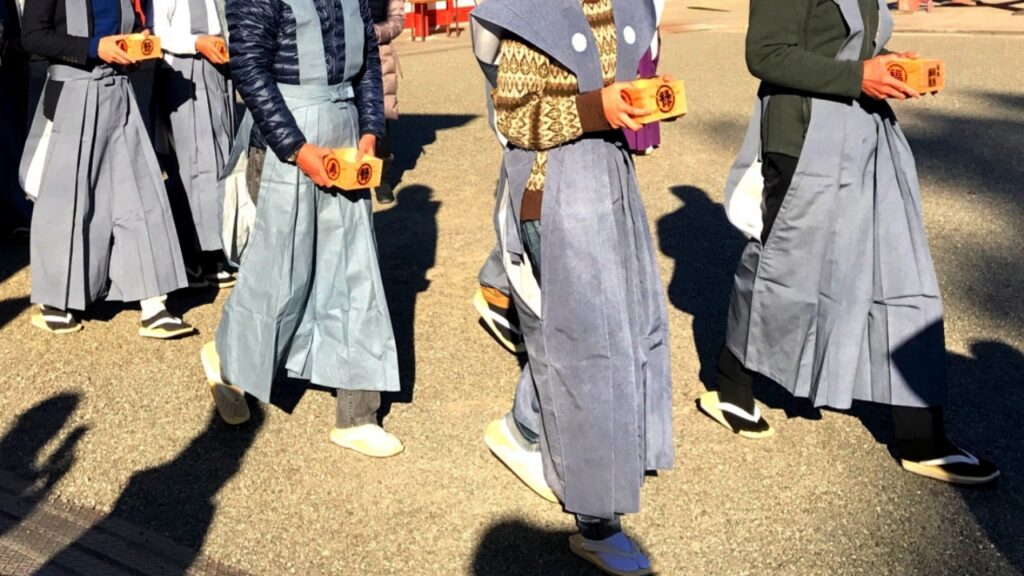
宮中行事の「追儺(ついな)」「鬼遣(おにやらい)」という疫鬼を追い払う行事が民間に伝わり、現在のような「豆まき」へと変化した。
年男*(としおとこ)が「福は内、鬼は外」と言って、煎った大豆をまいて厄払いを行い、人々は自分の年の数だけひろって食べるというもの。
The imperial court events called “Tsuina” and “Oniyarai,” which were used to ward off evil spirits, were passed on to the folk, and changed into the “mame-throwing” we know today.
Toshiotoko* says, “Fortune is inside, demons are outside,” and scatters roasted soybeans to ward off bad luck, and people gather and eat as many as their age.
*年男/Toshiotoko
一家の中で新年の諸儀式を行なう役の男性。現在は、節分に豆まきをする、その年の干支(えと)に当たる男などをいう
日本国語大辞典
A man who performs New Year’s rituals within his family. Currently, it refers to men who throw beans on Setsubun and they were born in that year’s zodiac sign.
厄除け飾り/Amulet Decorations
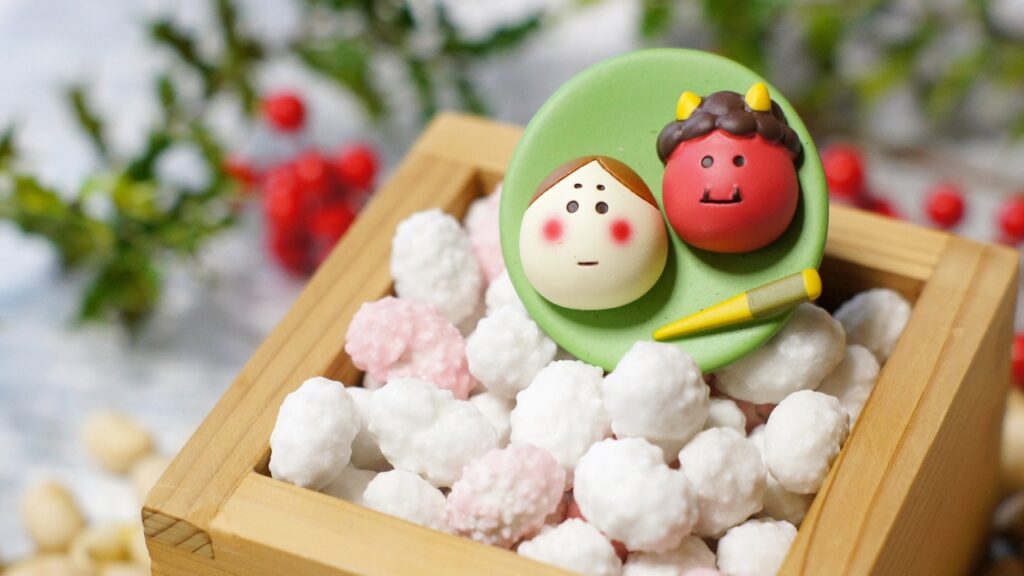
柊鰯(ひいらぎいわし)/Hiiragi-Iwashi
柊(ひいらぎ)の枝に鰯(いわし)の頭を刺したもの
Sardine head stuck on a holly branch
大蒜(にんにく)や葱(ねぎ)/Garlic and green onions
食/Special Foods
豆(煎り大豆)/Beans (roasted soybeans)
厄除けの豆から芽が出ないよう、煎り大豆を用いる。数え年の数(満年齢+1)食べるとされている。
Use roasted soybeans to prevent evil spirits from sprouting.It is said to eat the number of Kazoedoshi (full age + 1)
恵方巻(えほうまき)/Ehoumaki
節分の日に、その年の恵方*を向いて食べる巻き寿司。
Sushi rolls eaten on Setsubun day, facing the lucky direction* of the year.
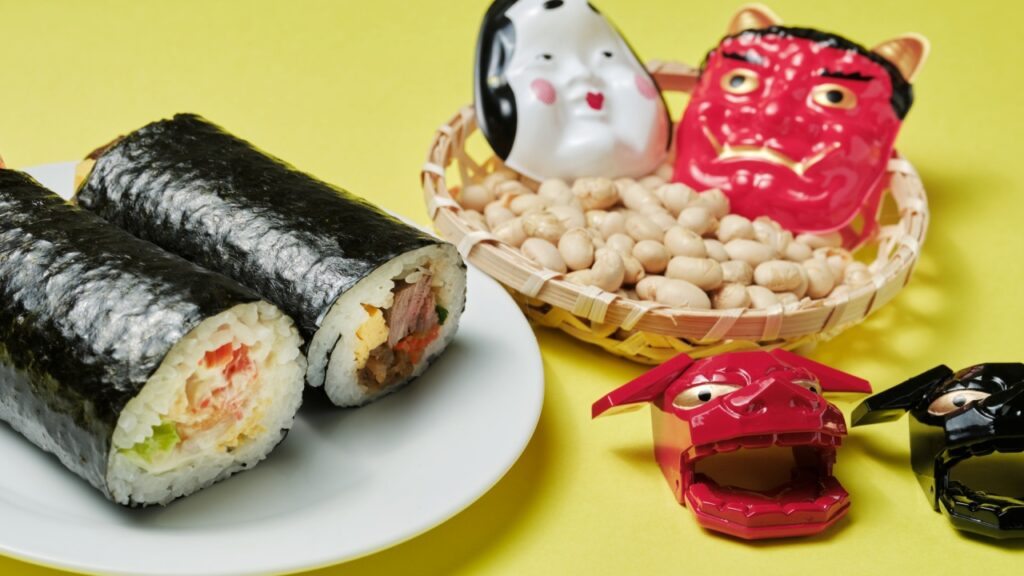
*恵方(えほう)/Ehou
その年の十干(じっかん)によって定められる、最もよいとされる方角。その方向に歳徳神(としとくじん)がいるとされる
デジタル大辞泉
The direction that is considered to be the best, determined by the Jikkan. It is said that Toshitokujin is in that direction.
恵方は以下の4方/There are four lucky directions below.
| 恵方 | 十干 | 西暦 |
| 東北東 | 甲(きのえ)・己(つちのと) | 下一桁が4・9の年 |
| 西南西 | 乙(きのと)・庚(かのえ) | 下一桁が0・5の年 |
| 南南東 | 丙(ひのえ)・戊(つちのえ)・辛(かのと)・癸(みずのと) | 下一桁が1・3・6・8 の年 |
| 北北西 | 丁(ひのと)・壬(みずのえ) | 下一桁が2・7の年 |
| Lucky Direction | Jikkan | Western calendar |
| East Northeast | Kinoe, Tsuchinoto | Year with the last digit being 4 or 9 |
| West Southwest | Kinoto, Kanoe | Year with the last digit being 0 or 5 |
| South-Southeast | Hinoe, Tsuchinoe, Kanoto, Mizunoto | Last digit is 1, 3, 6, 8 |
| North-Northwest | Hinoto, Mizunoe | Last digit being 2 or 7 |
彼岸(ひがん/Higan)
①春と秋の彼岸会(ひがんえ)のこと
②春分の日・秋分の日を挟んだ前後3日、計7日間のこと
①Higane in spring and autumn
②A total of 7 days, 3 days before and after the vernal and autumnal equinoxes.
*彼岸会(ひがんえ)/Higane
春秋の2回、彼岸の7日間に行われる法会。寺院に参詣し、墓参などの仏事を行う。
デジタル大辞泉
A puja held twice in spring and autumn, and during the seven days of the equinox. They visit temples and perform Buddhist rituals such as visiting graves.
春の彼岸/Spring equinox
春分の日(3月20日前後)を挟んだ7日間
7 days surrounding the vernal equinox (around March 20th)
秋の彼岸/Autumn equinox
秋分の日(9月23日前後)を挟んだ7日間
7 days surrounding the autumnal equinox (around September 23rd)
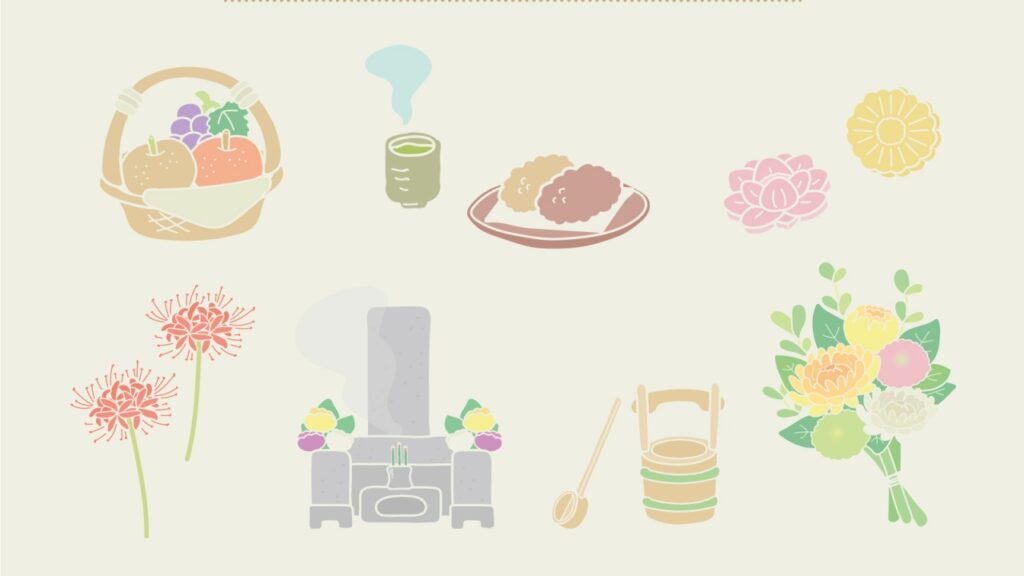
どちらの期間もお寺では仏事が行われ、人々は先祖に食事を供え墓参りをする
During both periods, Buddhist services are held at temples, and people offer food to their ancestors and visit their graves.
行事/Event
お墓参り/Visiting a grave
先祖代々の墓を訪れ、綺麗に掃除した後、花や線香を墓前に供え手をあわせる
After visiting the graves of our ancestors and cleaning them thoroughly, we offer flowers and incense sticks in front of the graves and join hands.
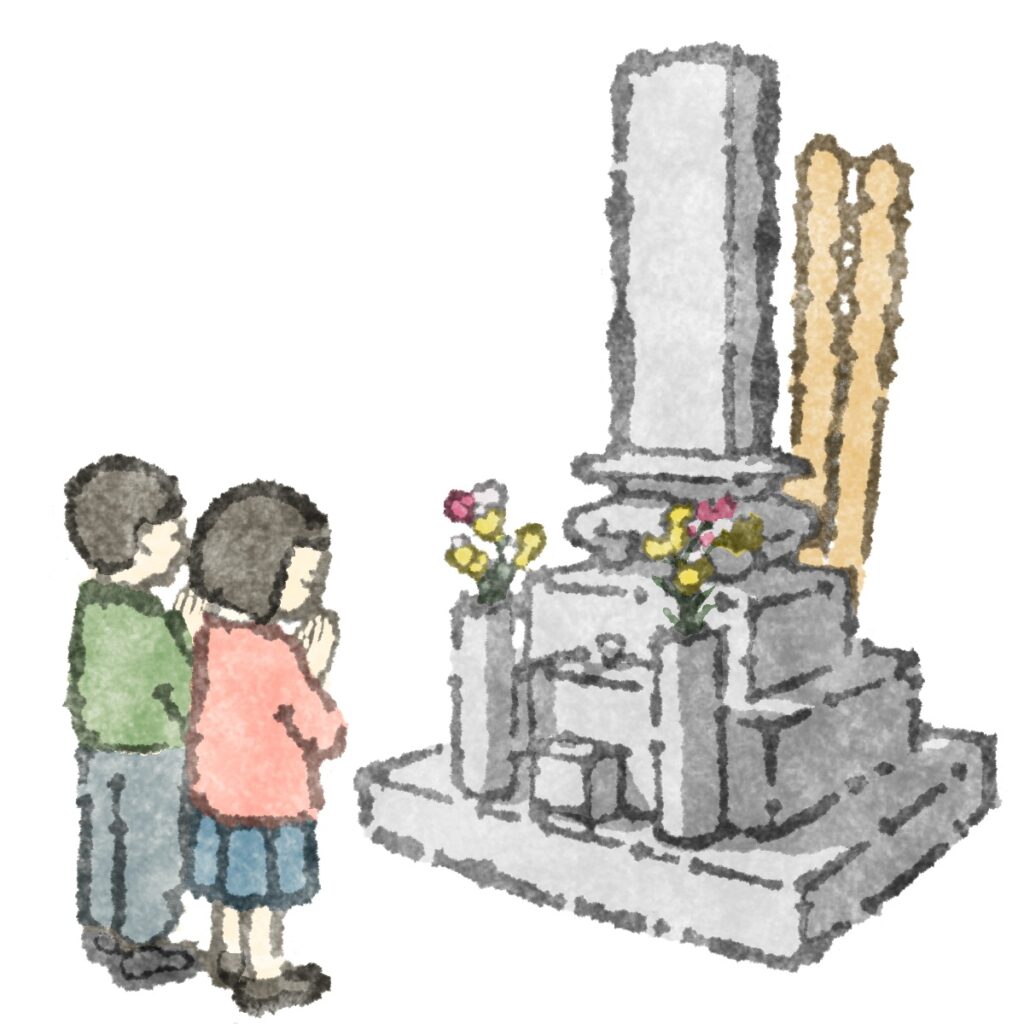
食/Special Foods
ぼたもち(春の彼岸)おはぎ(秋の彼岸)/Botamochi or Ohagi (Bean Cake)
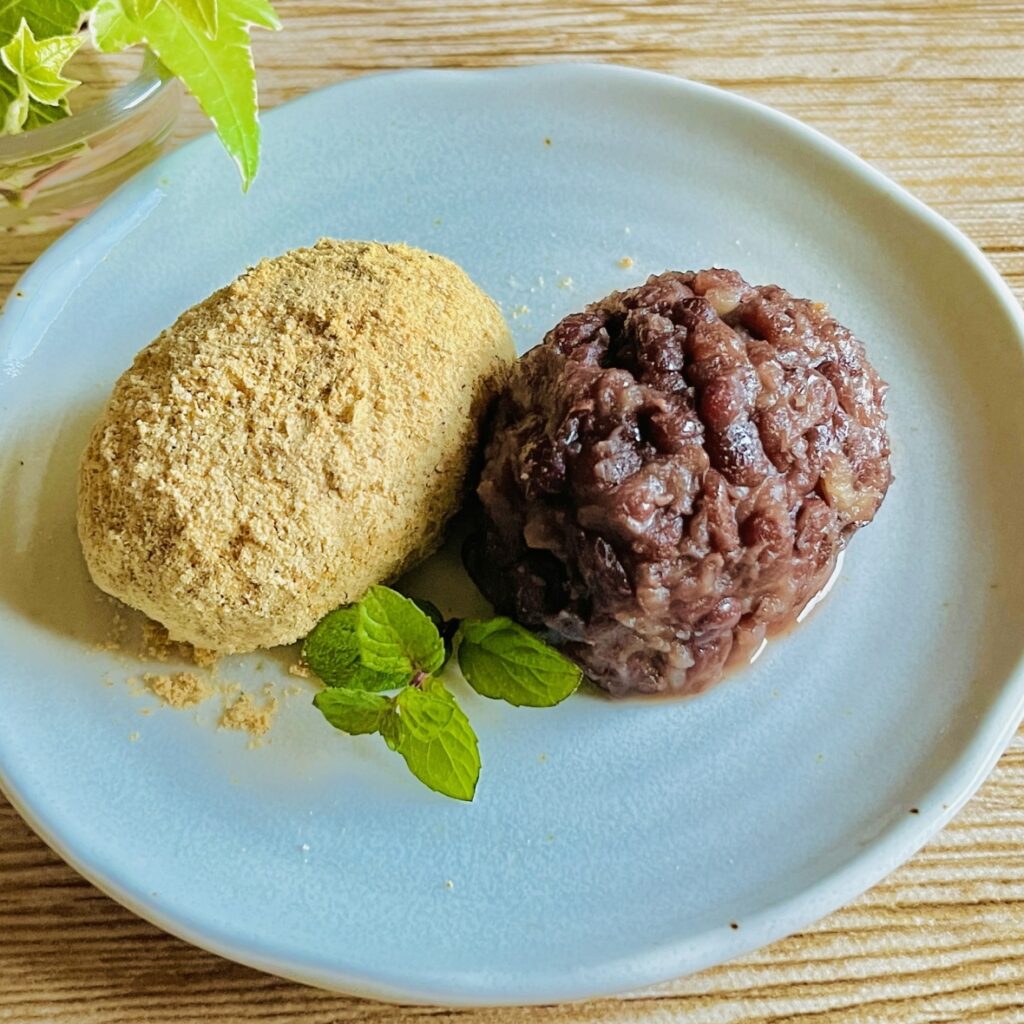
糯米(もちごめ)と粳米(うるちごめ)とをまぜてたき、軽くついたものを、ちぎって丸め、あずき餡、きなこなどをまぶしたもの
日本国語大辞典
A confection made with steamed mochi-gome (glutinous rice). The mochi-gome is formed into balls and covered with an (sweet bean paste) or kinako (sweetened soybean powder). Ohagi was traditionally made during the spring and autumn equinoxes. The term ohagi comes from the autumn flower hagi (bush clover), while botamochi comes from the spring flower botan (peony).
Encyclopedia of Japan

春のお彼岸では「ぼた餅」と呼ばれるお供え物。餅といっても、米粒のかたちがなくなるまで搗(つ)くのではなく、軽く潰す感じです。
During the spring equinox, there is an offering called “botamochi.” Although it is called mochi, it is not pounded until the rice grains lose their shape, but rather they are lightly crushed.
季節で変わる呼び名
「おはぎ」も「ぼたもち」も同じもの。季節によってその呼び名が変わります。
| 春/Spring | 牡丹餅(ぼたもち) | Botamochi |
| 夏/Summer | 夜船(よふね) | Yohune |
| 秋/Autumn | 御萩(おはぎ) | Ohagi |
| 冬/Winter | 北窓(きたまど) | Kitamado |

牡丹餅(ぼたもち)は、餅を包む小豆あんをこの時期の花、牡丹に見立てて呼んだものだといわれます。
夜船(よふね)の呼び名は、おはぎ(ぼたもち)は餅つきをせずに作ることに由来します。餅をつく音がしない→いつ搗(つ)いたのか知らない→夜は暗く、いつ(船が)着いたのか知らないことから夜船(よふね)へ。
御萩(おはぎ) は、小豆あんの粒をこの時期の花、萩に見立てて呼んだものだといわれます。
北窓(きたまど)も夜船(よふね)と同じく、おはぎ(ぼたもち)は餅つきをせずに作ることに由来します。餅をつく音がしない→いつ搗(つ)いたのか知らない→月知らず=北の窓からは月が見えないから北窓(きたまど)という洒落っ気のある呼び名です。
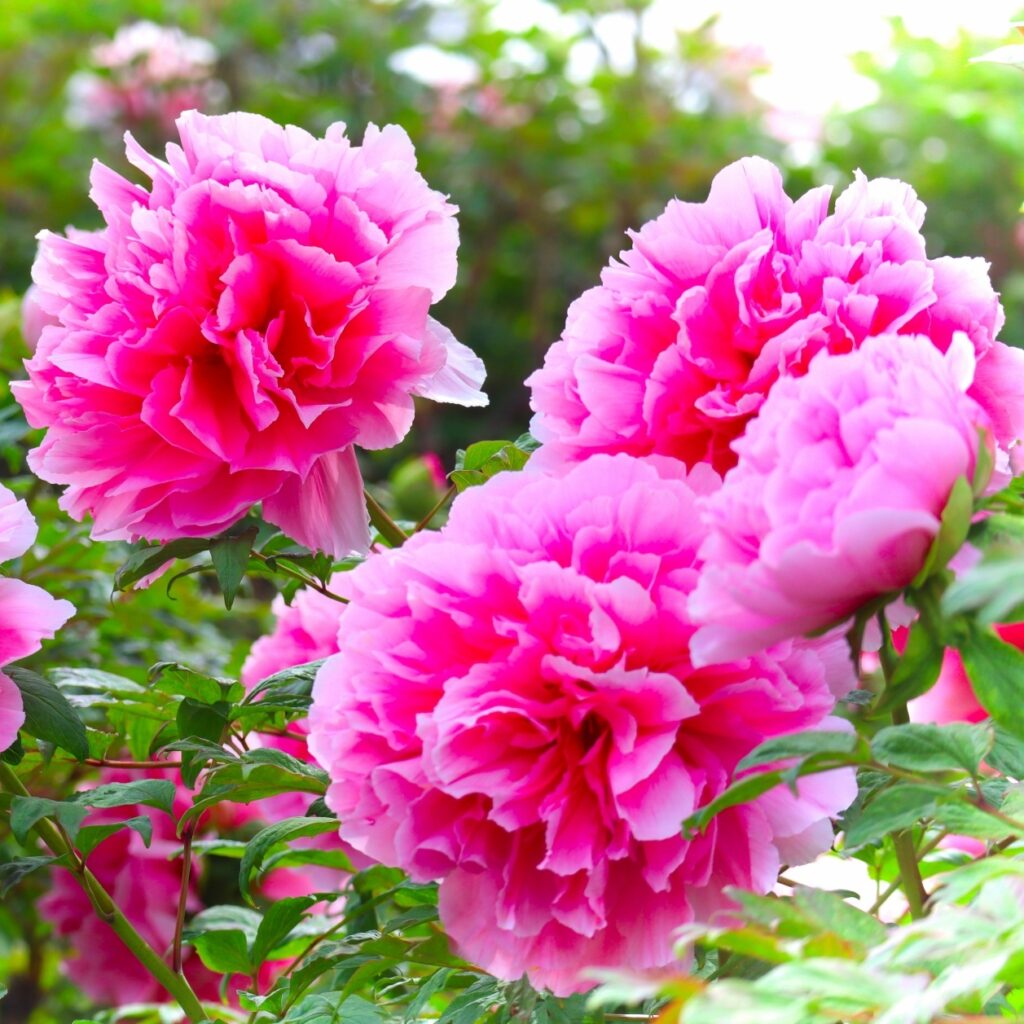
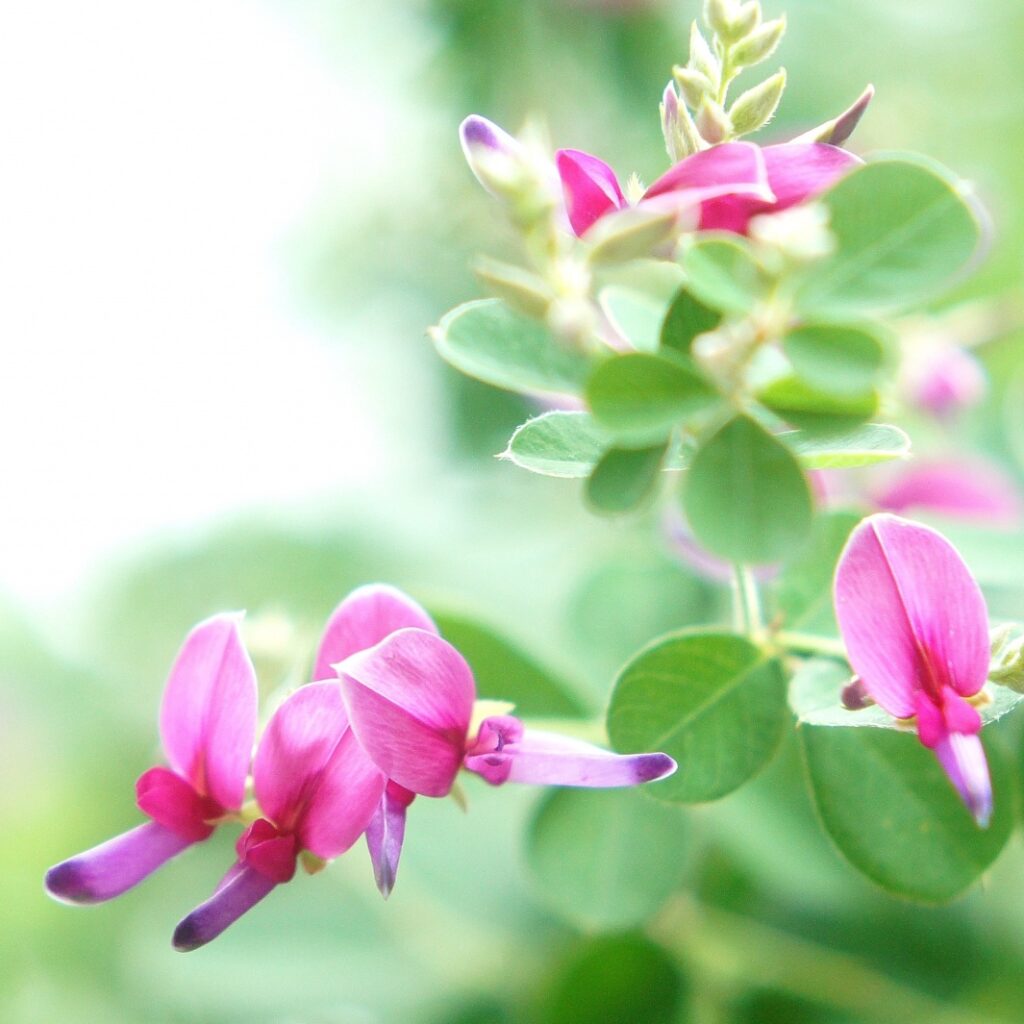
Botamochi (peony mochi) is said to be called botamochi because the red bean paste that wraps the mochi resembles peony, the flower of this time of year.
It is said that the name “Ohagi” refers to the grains of azuki bean paste that resemble Japanese clovers, the flower of this season.
The names “Yofune” and “Kitamado” originate from a Japanese play on words.
精進料理(しょうじんりょうり)/Buddhist Cuisine
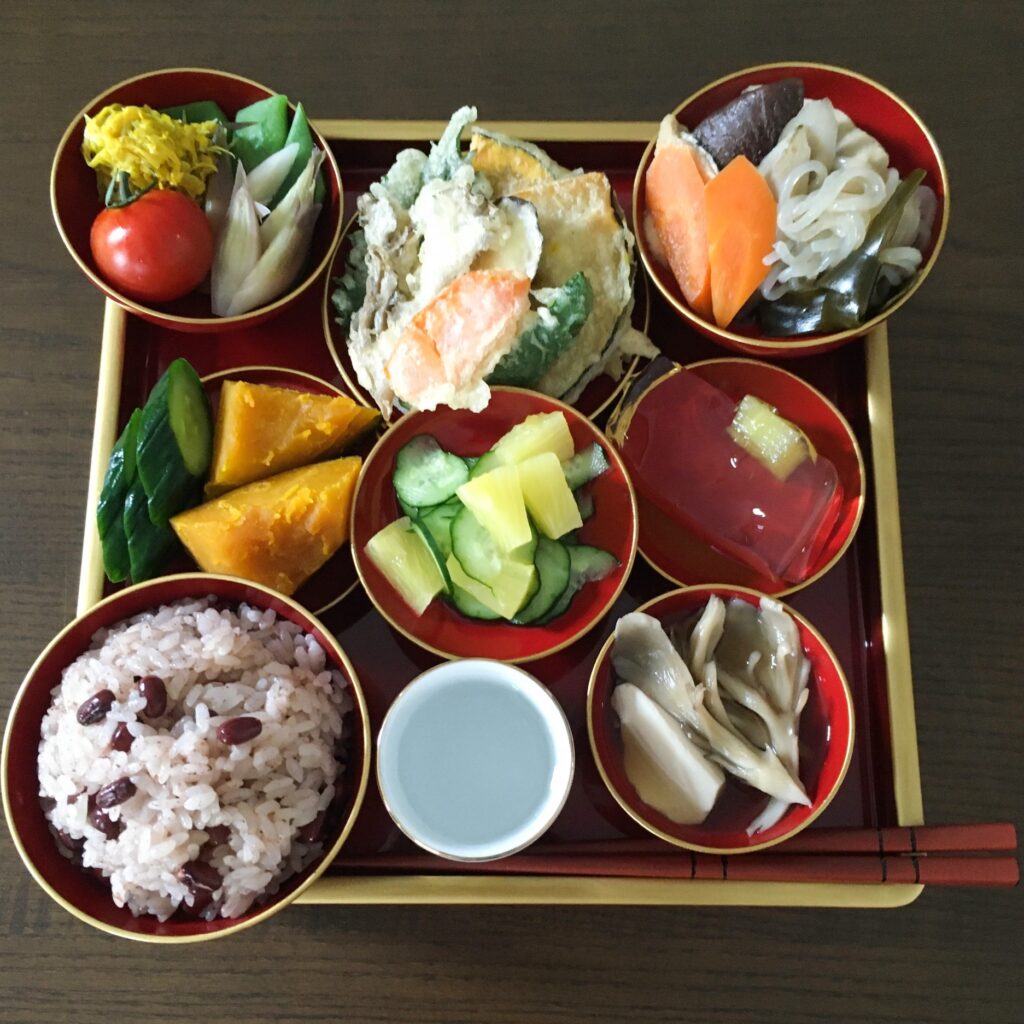
植物性の材料でつくる料理。精進料理の名称はサンスクリットのビルヤーナviryanaから出ている。
日本大百科全書
Dishes made from plant-based ingredients. The name Shojin Ryori comes from the Sanskrit word viryana.
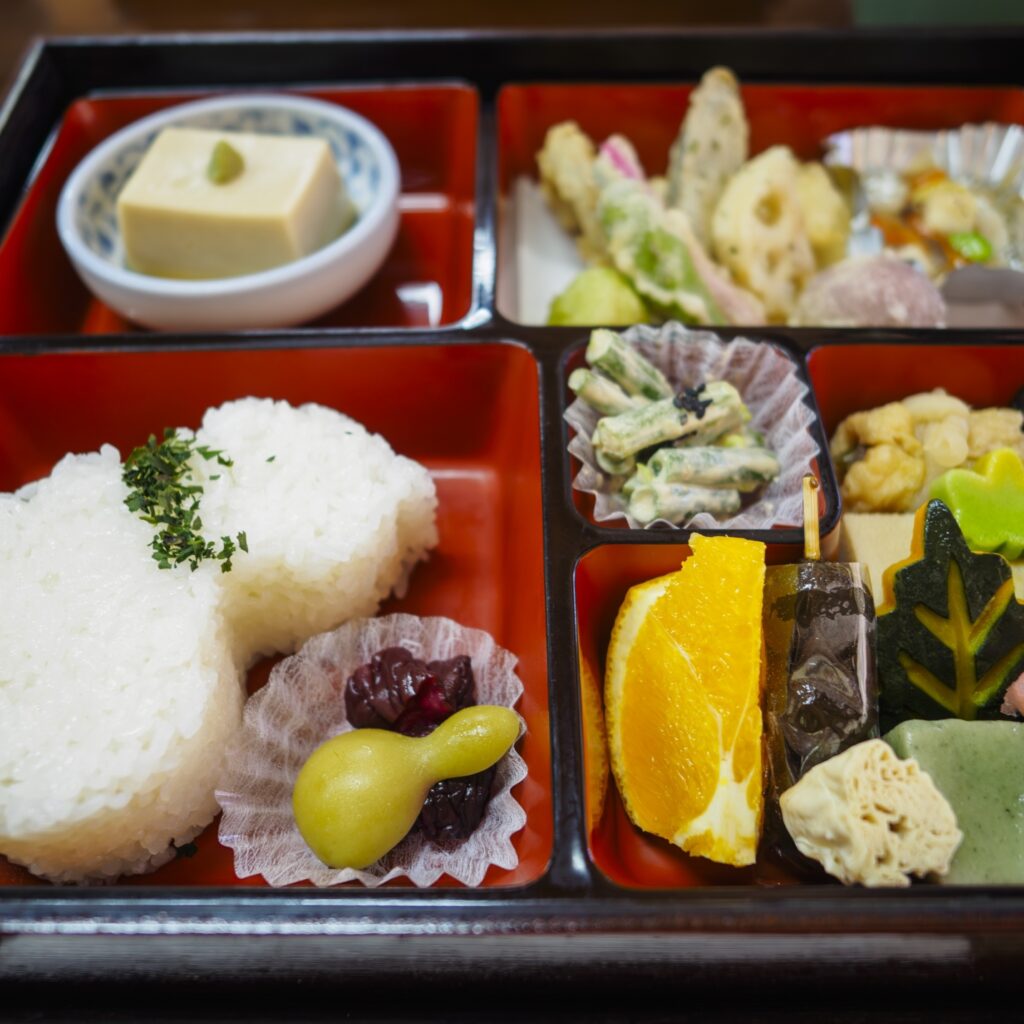
お彼岸の時期は、殺生(せっしょう)を禁じる仏教の教えに基づき、肉・魚を使わない料理をいただきます。
During the equinox, dishes that do not use meat or fish are served, based on the Buddhist teachings that prohibit the killing of living things.
赤飯(せきはん)/Steamed rice with Azuki beans
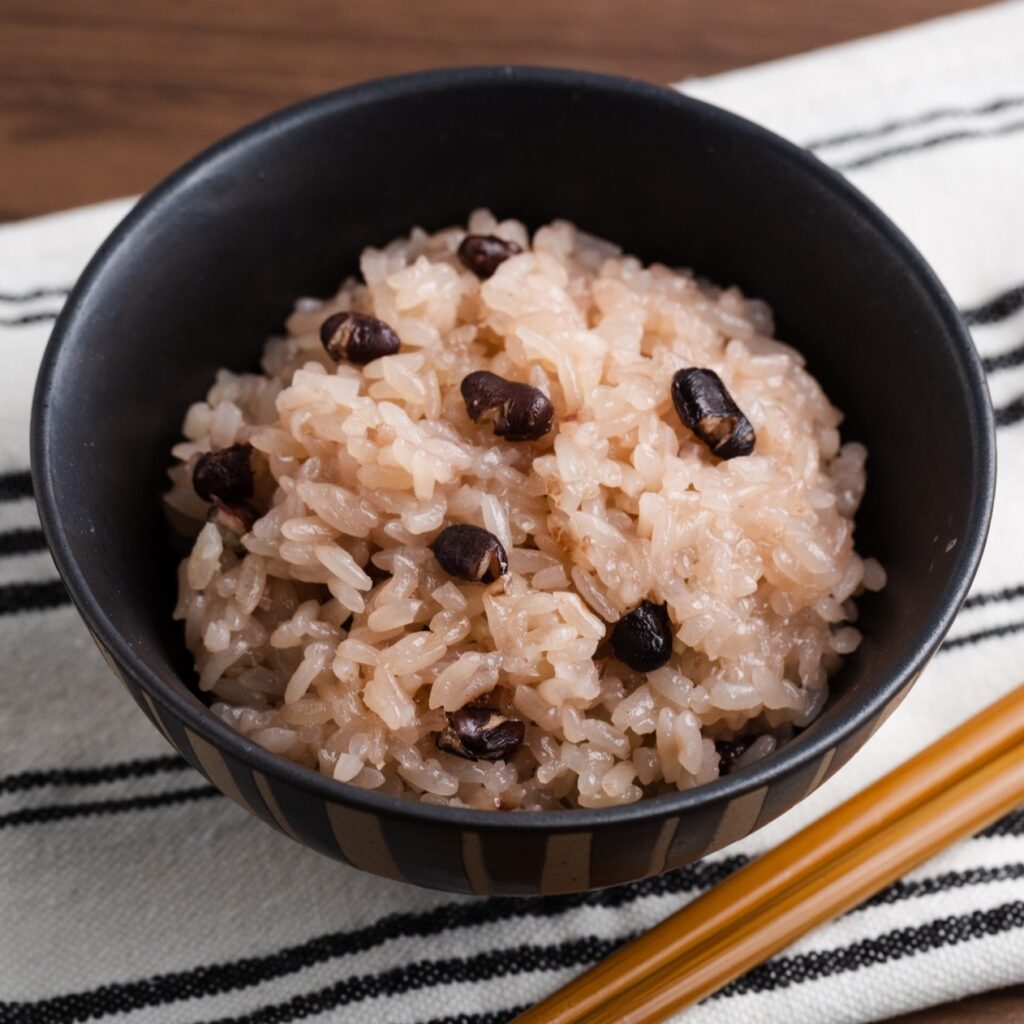
魔除け、厄除けの力があるとされる小豆を混ぜて炊いたもち米ご飯。
Sticky rice cooked with azuki beans that are said to have the power to ward off evil spirits and misfortune.
いなり寿司/Inari Sushi (Sushi Pockets)
肉・魚を使わず、山菜や根菜を用いて作ります。
Made with wild vegetables and root vegetables without meat or fish.
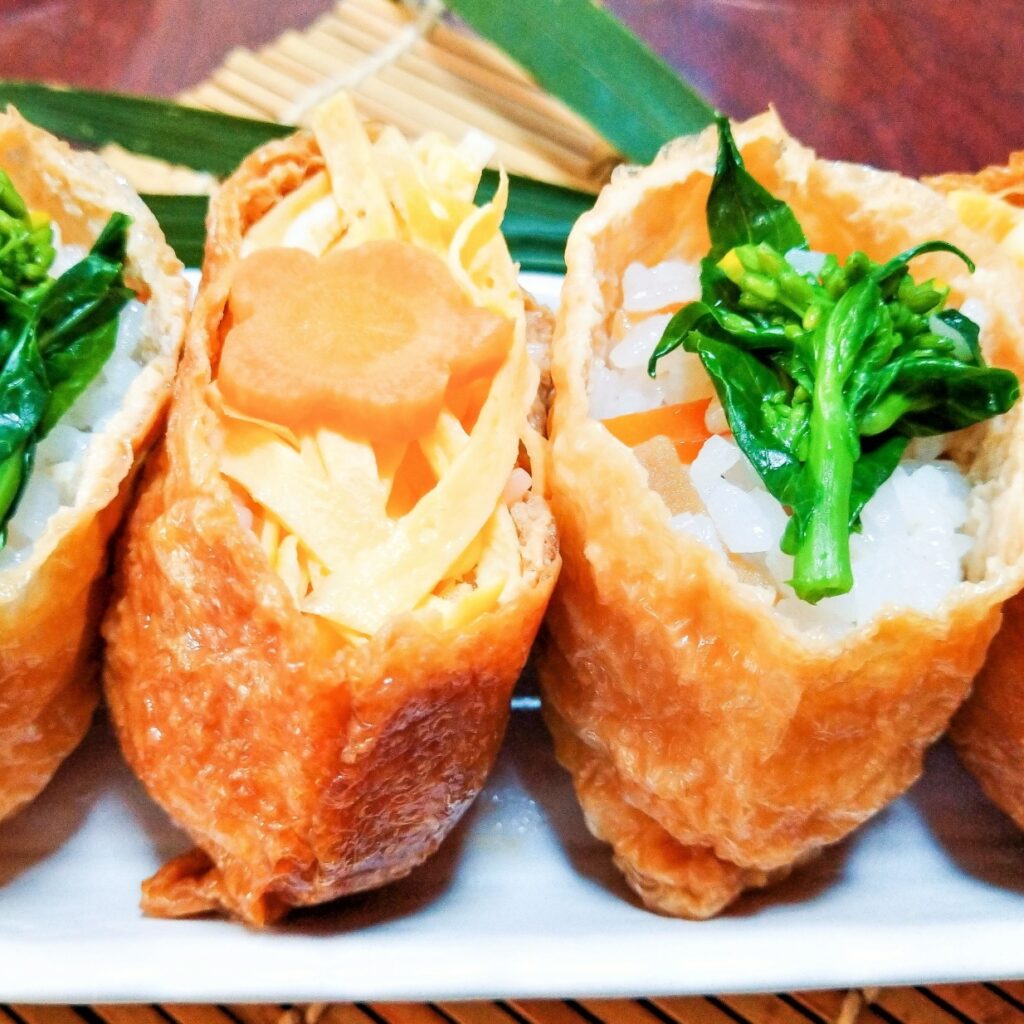
野菜の天ぷら/Assorted Deep-fried Vegetables
精進揚げ(しょうじんあげ)とも呼ばれ、この時期に採れる野菜や山菜、木の子などを食材として用います。
Also called shojin-age, it uses vegetables, wild plants, and mushrooms that can be harvested at this time of year as ingredients.
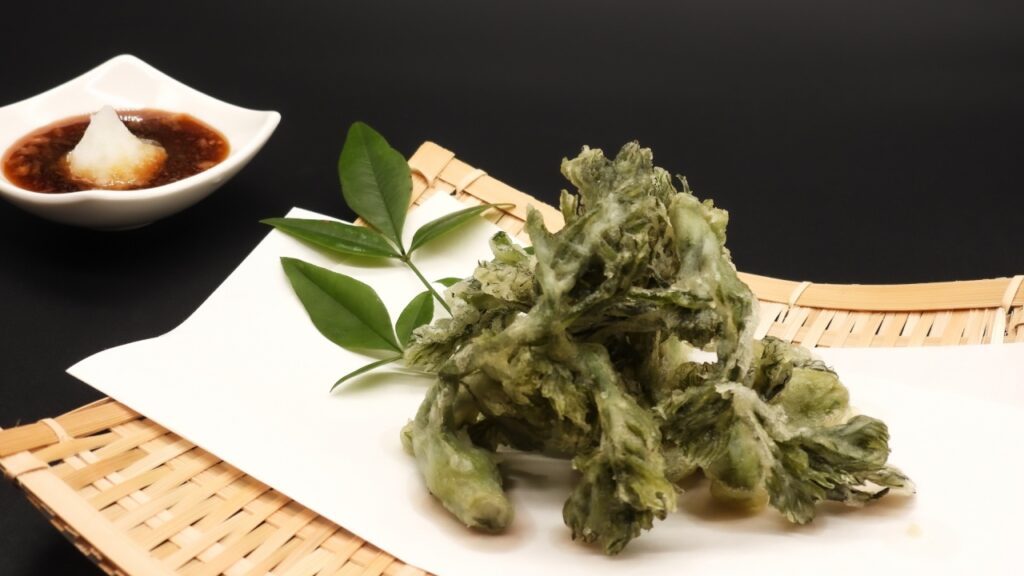
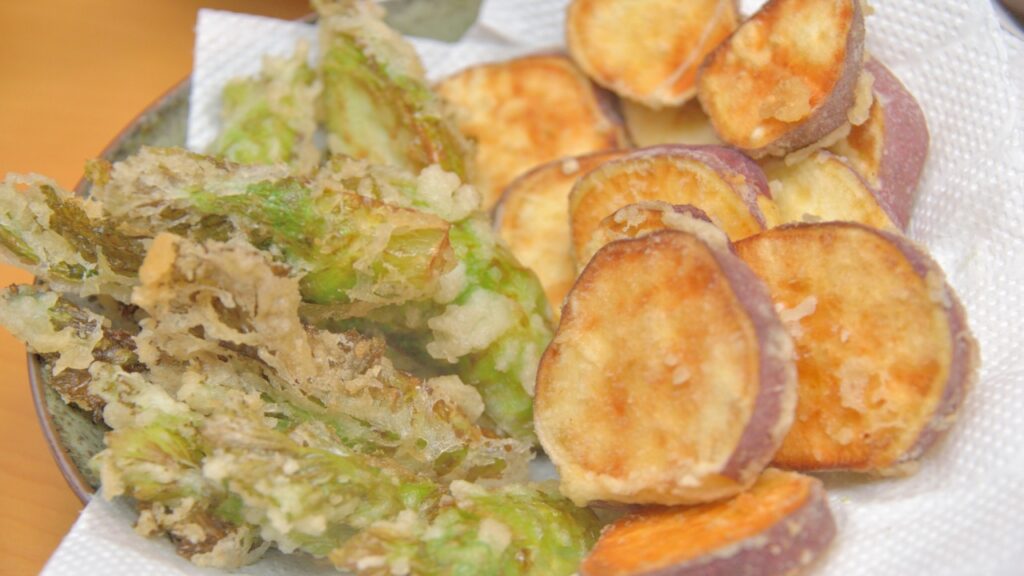
八十八夜(はちじゅうはちや/Hachijyu-Hachi-ya)
立春から数えて88日目。種まきの時期。
88th day counting from Risyun(the first day of spring) It’s time to sow seeds.
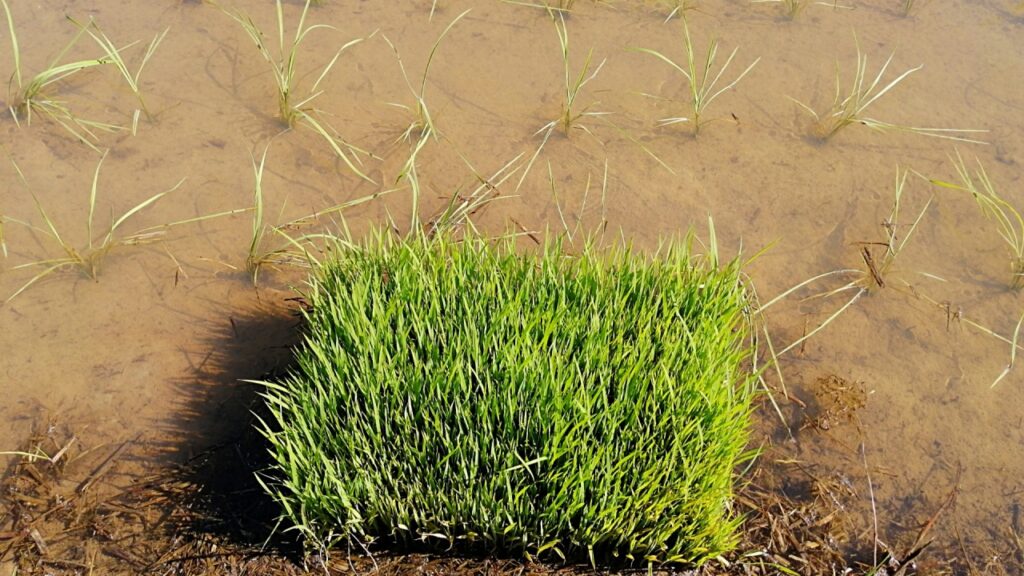
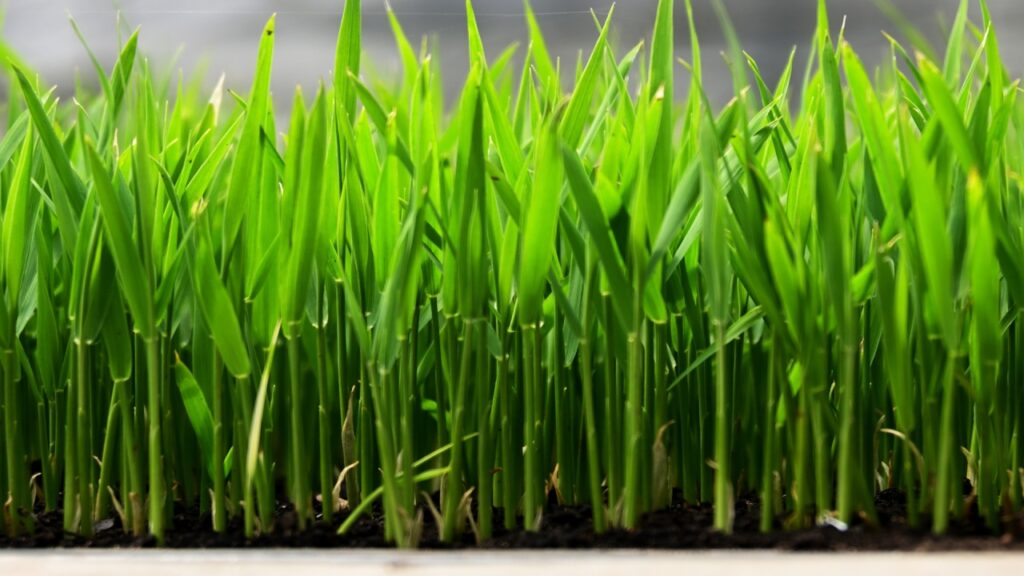
主に農業の目安となる暦で、このような言葉があります。
It is a calendar that is mainly used as a guide for agriculture, and there are also words like this.
八十八夜の別れ霜/Hachijyu-Hachi-ya no wakarejimo
八十八夜の頃に降りる霜。この季節の最後の霜で、これ以後は降りないとされる。
デジタル大辞泉
種まきの季節の目安
Hachijyu-Hachi-ya no wakarejimo/Parting frost of the eighty-eighth night
The frost that falls around the eighty-eighth night. This is the last frost of the season, and it is said that there will be no further frost.
Estimated planting season.
八十八夜の針丈/Hachijyu-Hachi-ya no haritake
この頃に、稲の苗がちょうど縫い針の丈くらいに成長している
「旧暦読本」岡田芳朗 著
季節が例年と比べて、早い(遅い)という目安
Hachijyu-Hachi-ya no haritake/Eighty-eighth night needle length
At this time, the rice seedlings have grown to the height of a sewing needle.
An indication that the season is earlier (or later) than usual.
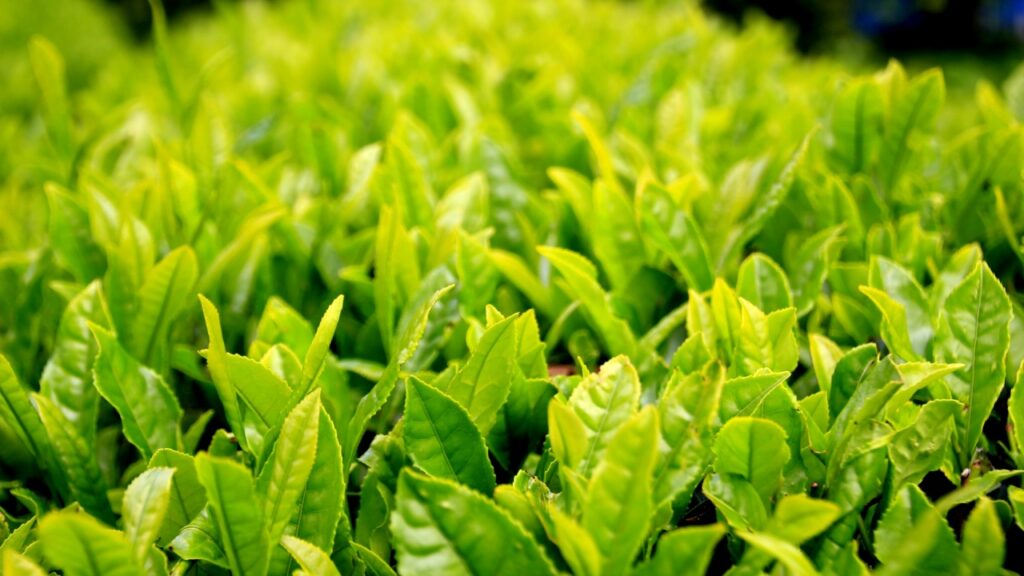
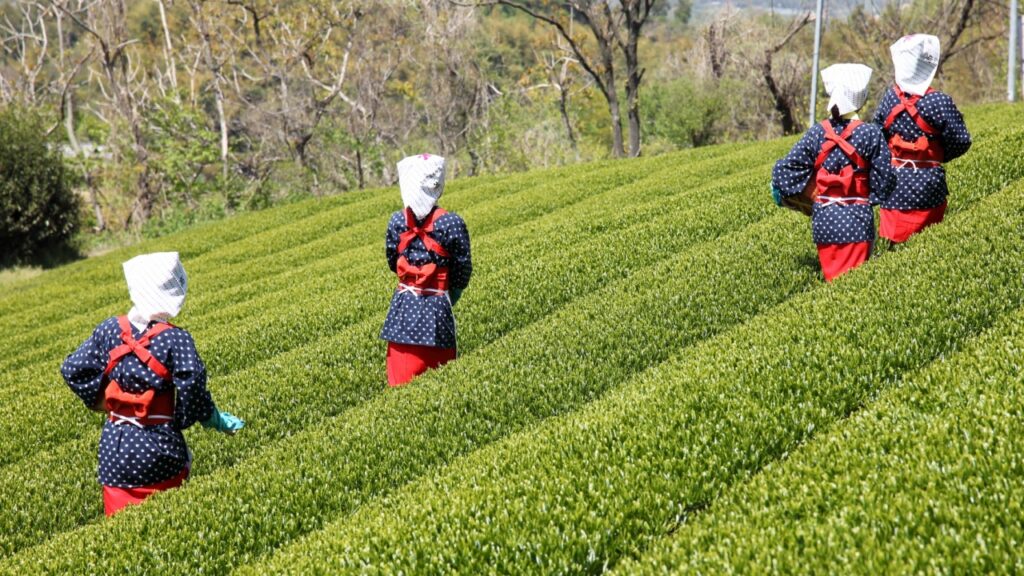
また、唱歌「茶摘」で“夏も近づく八十八夜🎵”と歌われるように、新茶を摘む時期です。
漢数字の八は、下(末)にいくほど広がる縁起のよい字(末広)この八が重なる、八十八夜に摘み取られた新茶は、不老長寿の縁起物として珍重されています。
It is also the time to pick fresh tea, as the song “Cha Picking” says, “Summer is approaching 88 nights🎵.’’
The Chinese numeral 8 is an auspicious character that widens towards the bottom (Suehiro). Fresh tea picked on the 88th night, where the 8 overlaps, is prized as a lucky charm of eternal youth and longevity.
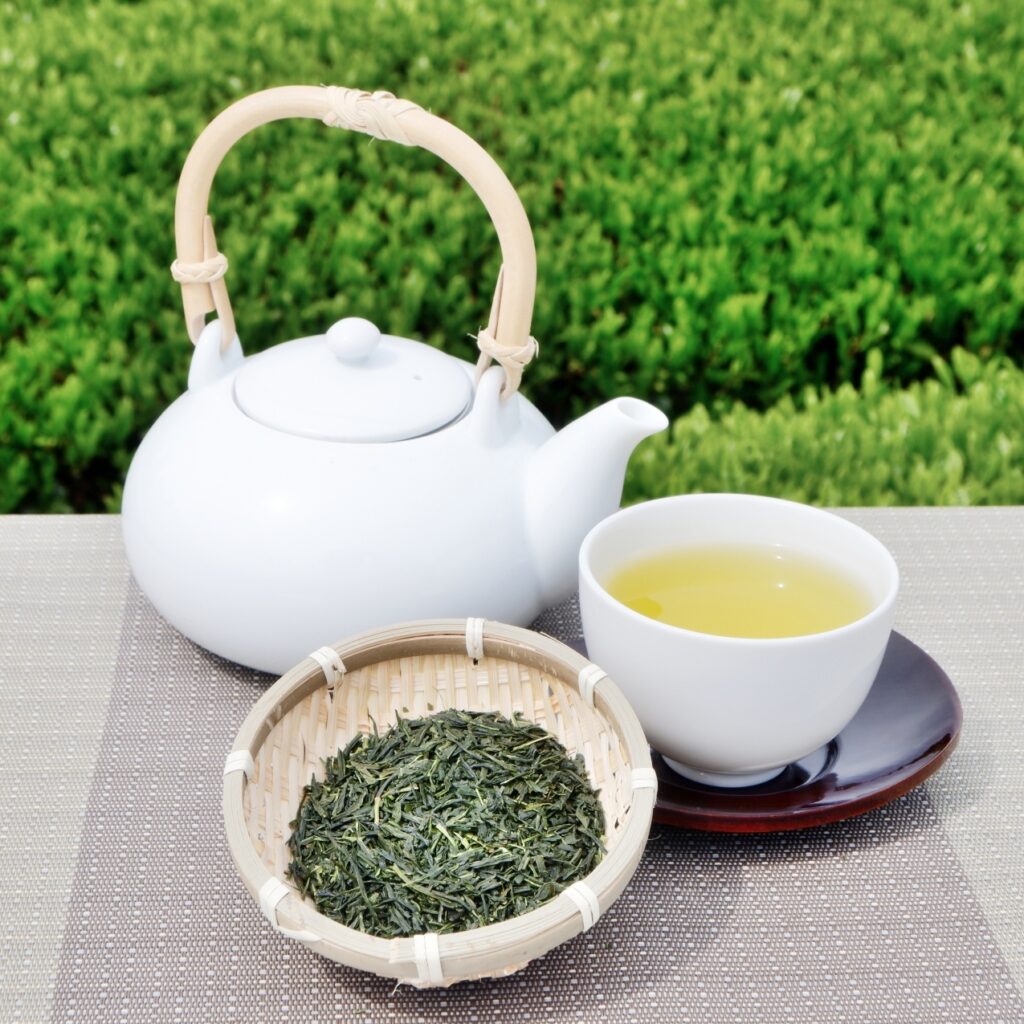
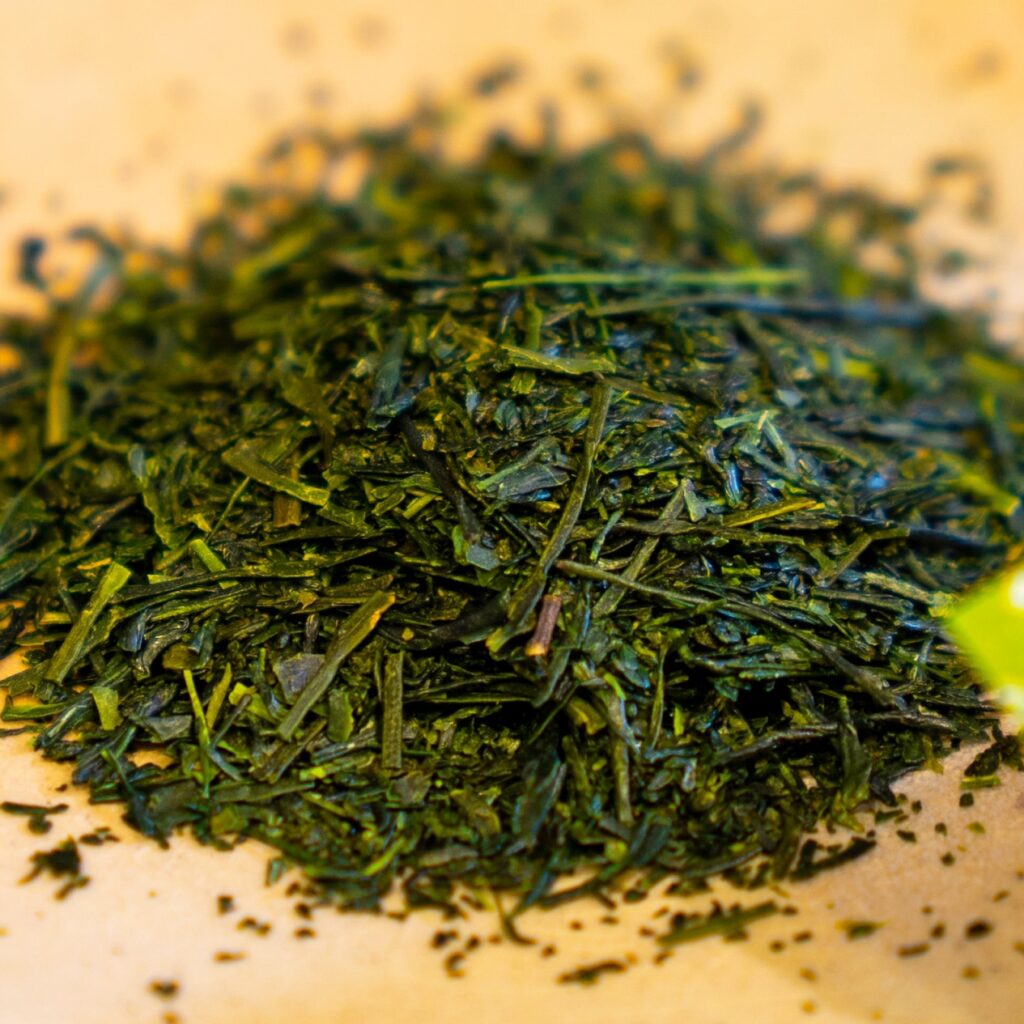
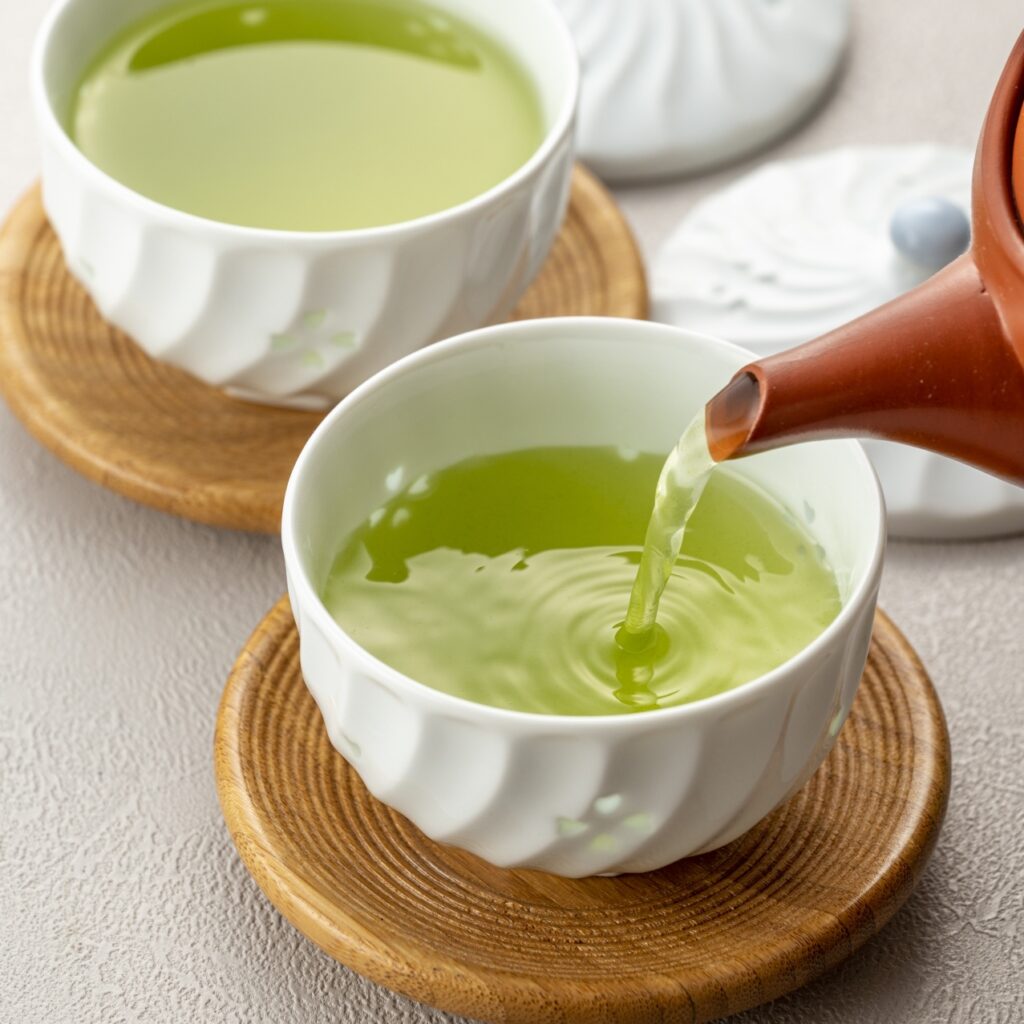
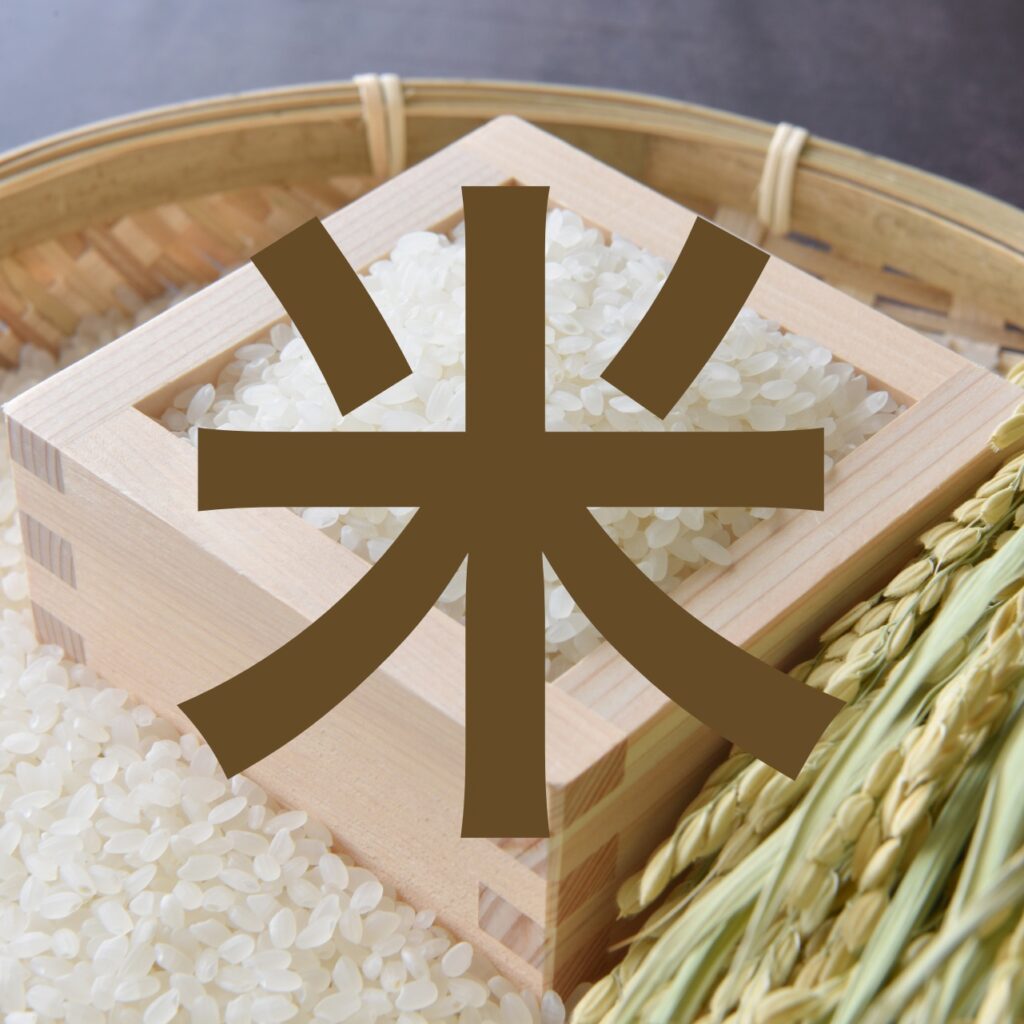
*種まきと八十八夜が結びついたのは、八十八は「米」の字を分解したものだから(「旧暦読本」岡田芳朗 著より)
*Seed-sowing and 88 nights are connected because 88 is a decomposition of the character “rice/米‘’
入梅(にゅうばい/Nyubai)
梅雨に入る最初の日
The first day of the rainy season
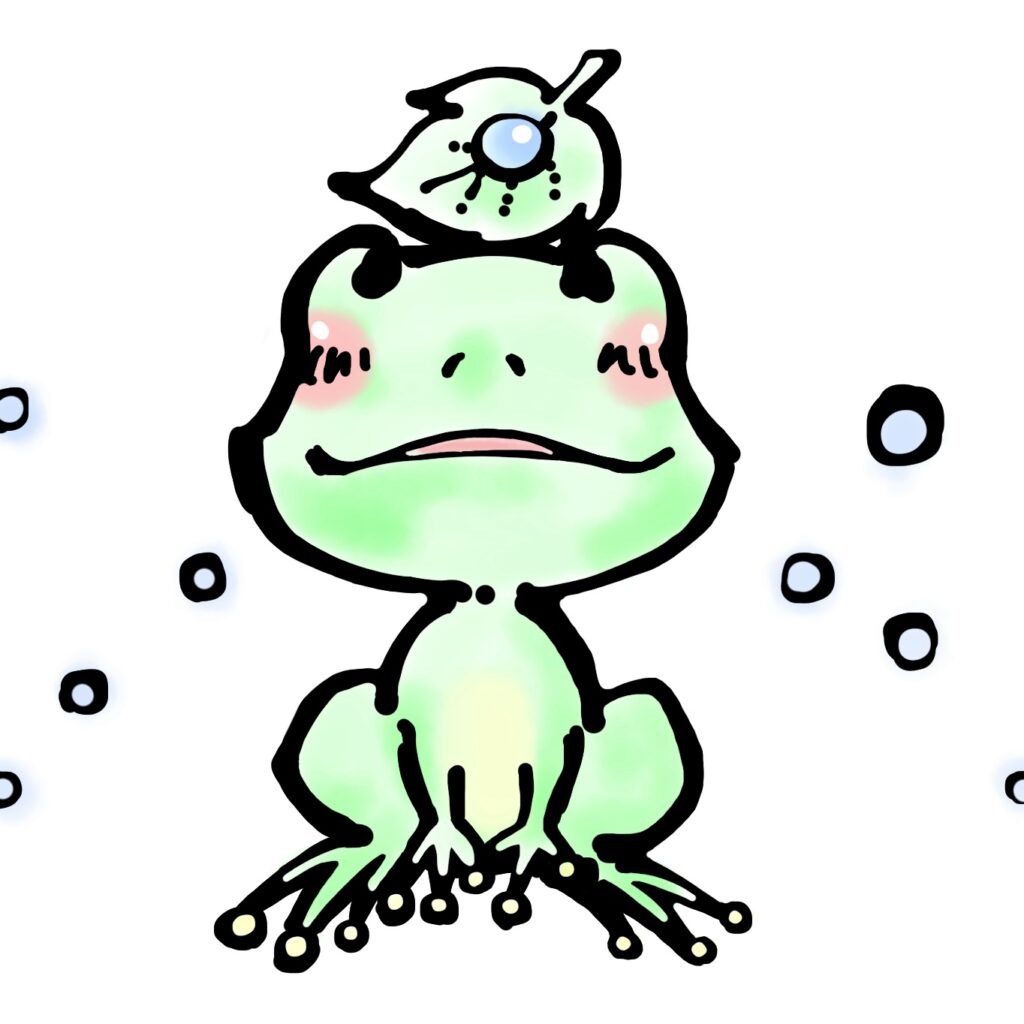
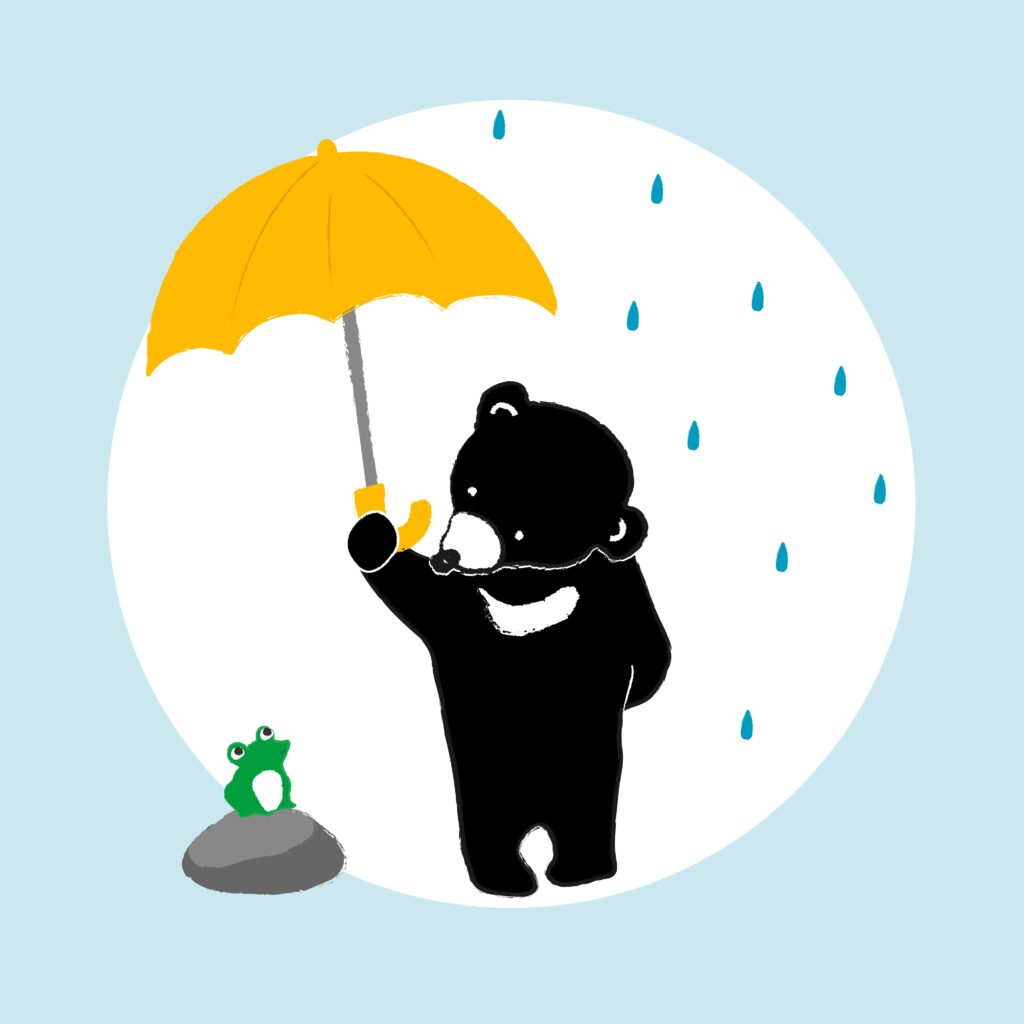
かつては『二十四節気(にじゅうしせっき)「芒種(ぼうしゅ)」の後にくる「壬(みずのえ)の日」』を入梅としたそうです。現在は、気象庁が発表する「梅雨入り宣言」によって、地域ごとに決められます。
In the past, it was said that “Mizunoe Day,” which comes after “Boshu” in the 24 solar terms, was considered to be the time to enter plum blossoms. Currently, the rainy season is decided for each region based on the “Rainy Season Declaration” announced by the Japan Meteorological Agency.

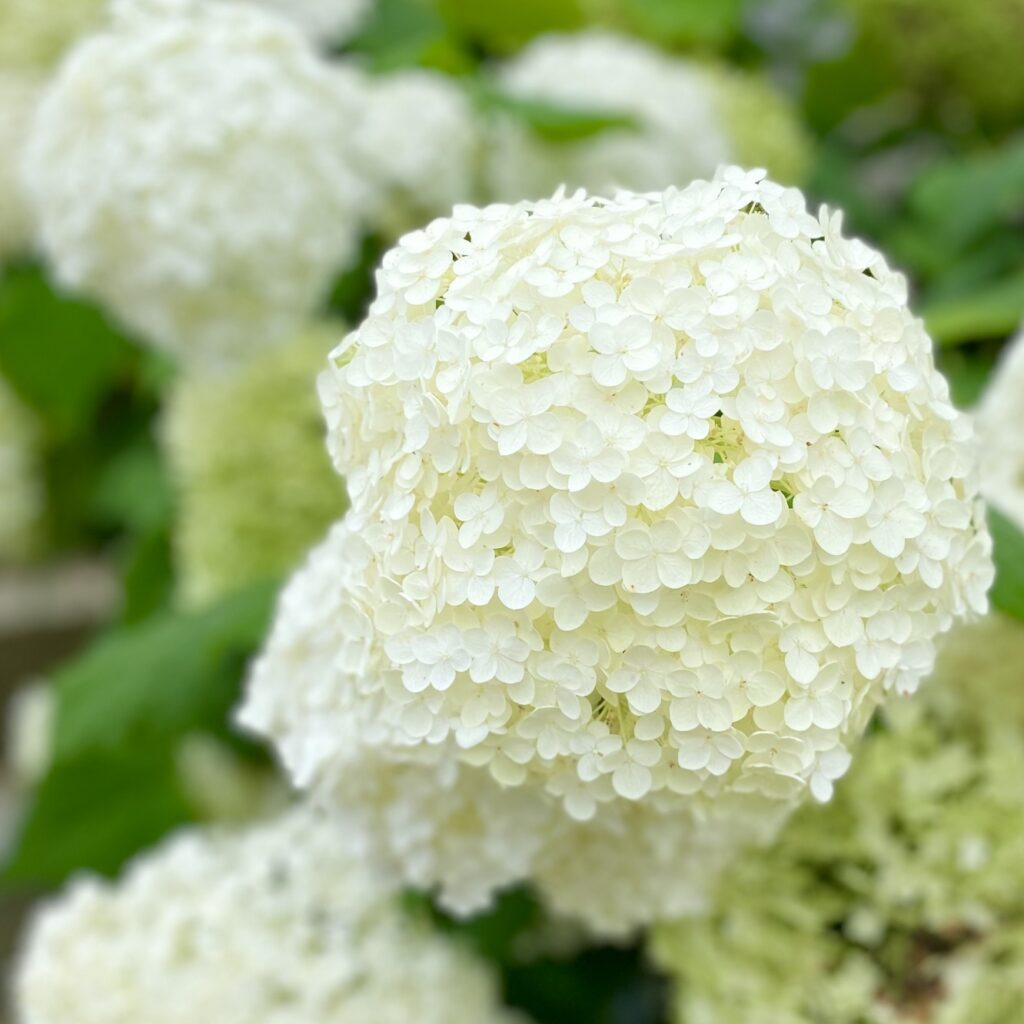
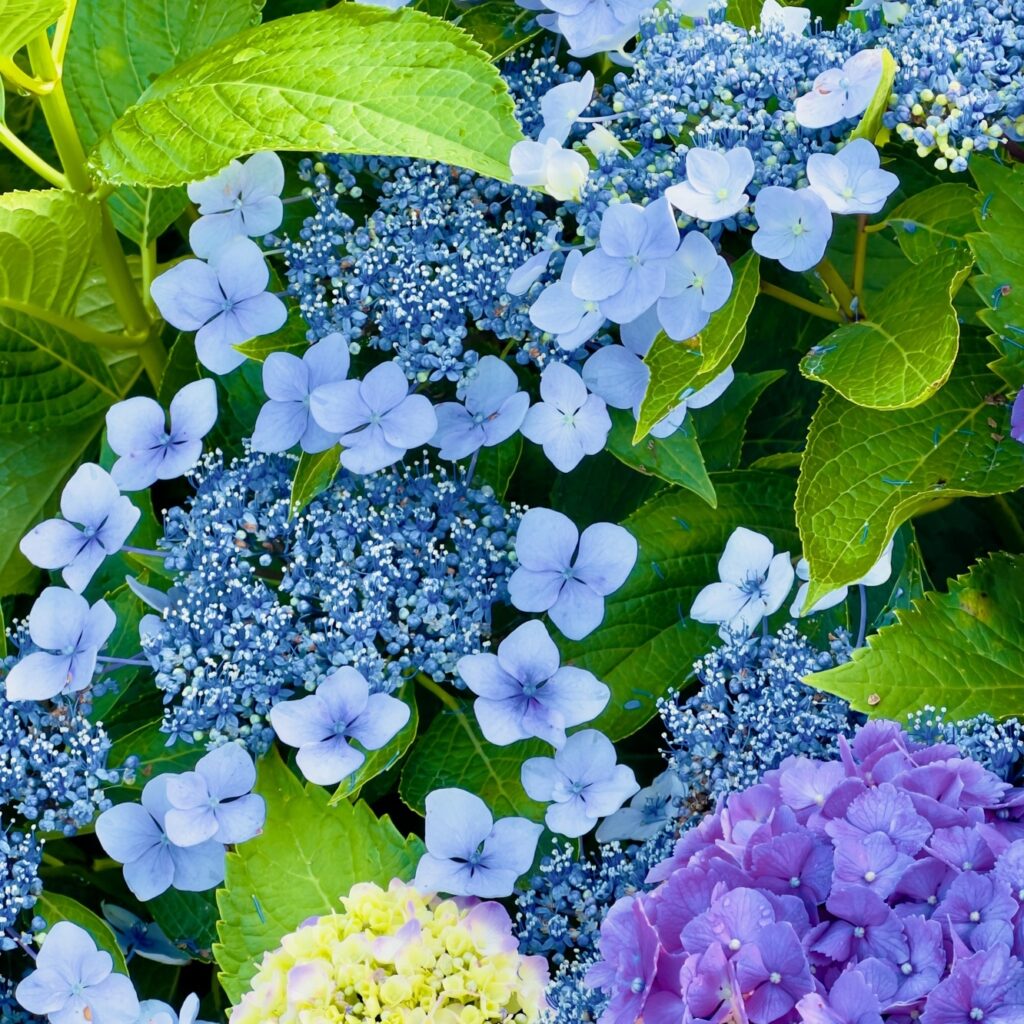
この時期の風物詩といえば、「雨に濡れた紫陽花」と「梅仕事」でしょうか。西洋紫陽花も増え、色も形もさまざまな“雨の花”が咲き始めるころです。
Speaking of this time of year, the “hydrangeas wet in the rain” and “plum work” are the most memorable. The number of Western hydrangeas is increasing, and “Rain Flowers” of various colors and shapes are starting to bloom.
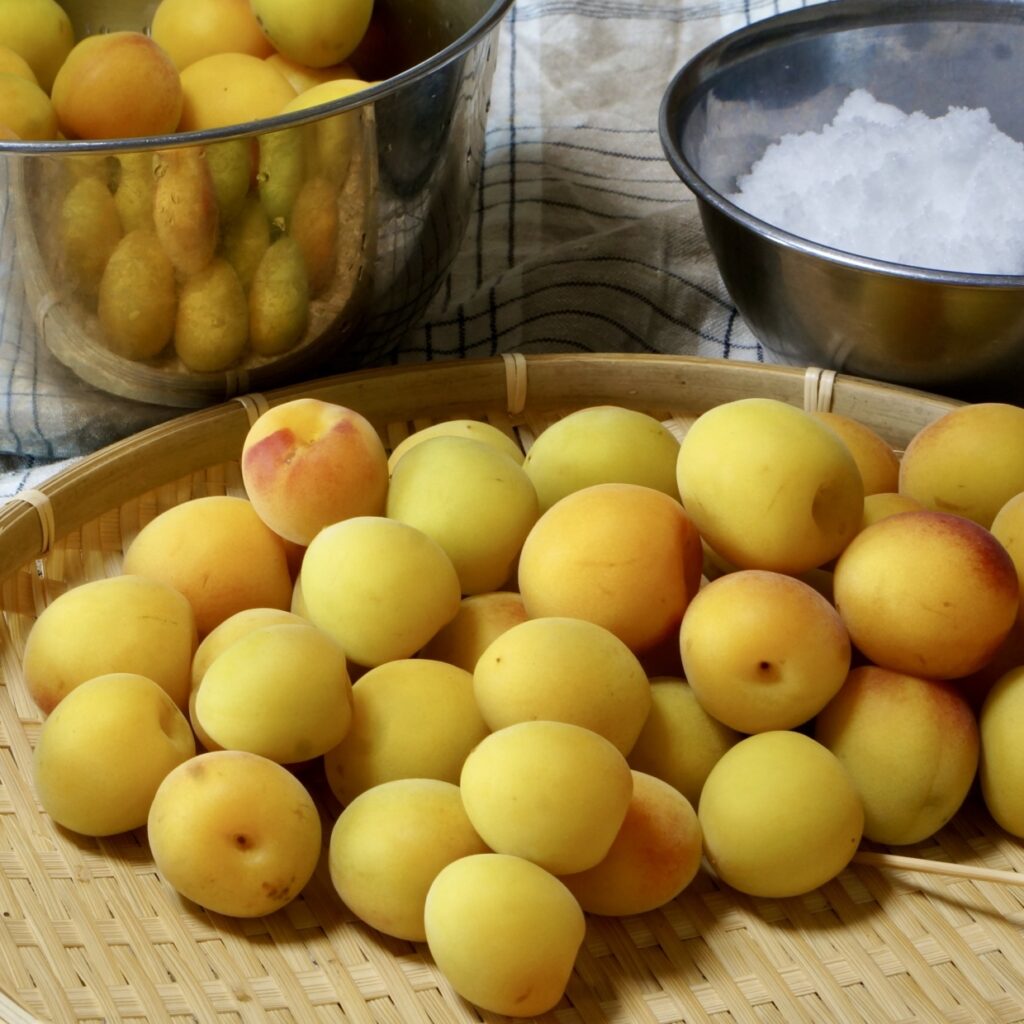
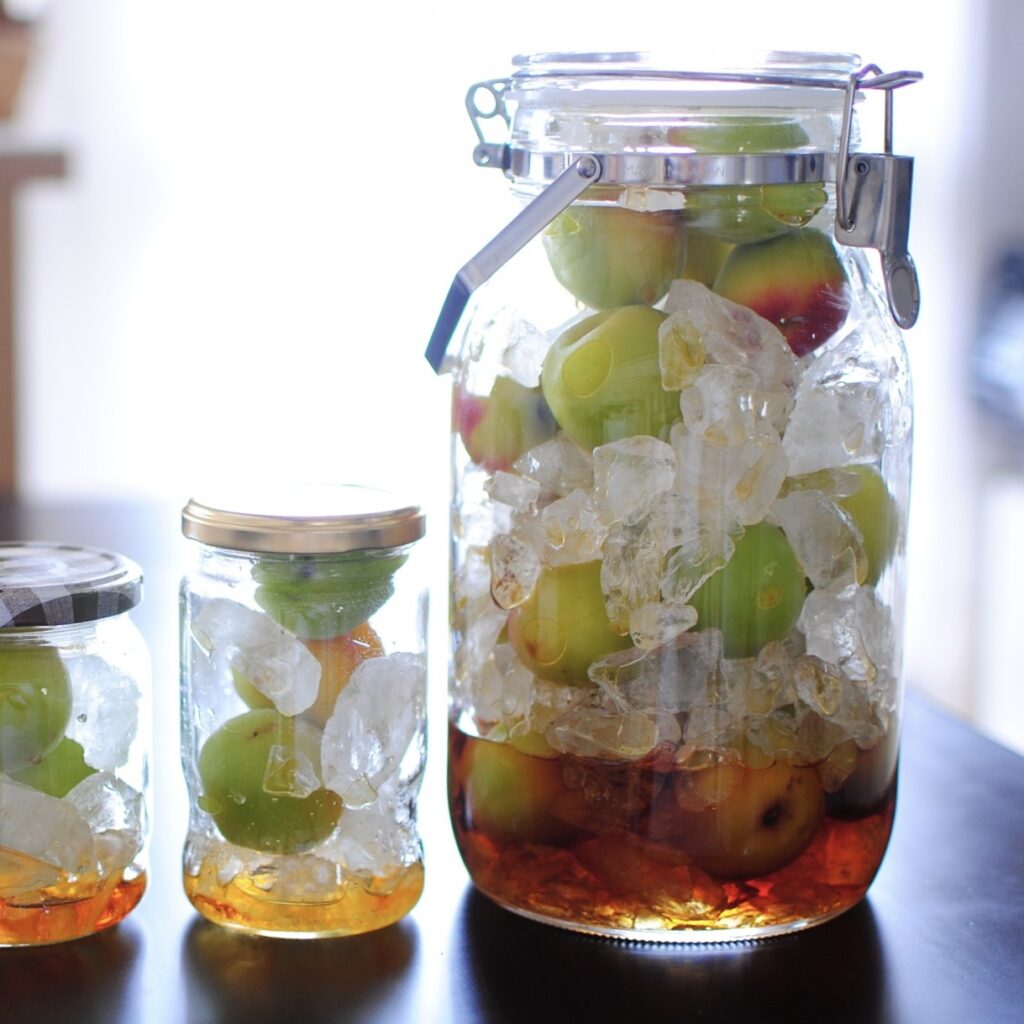
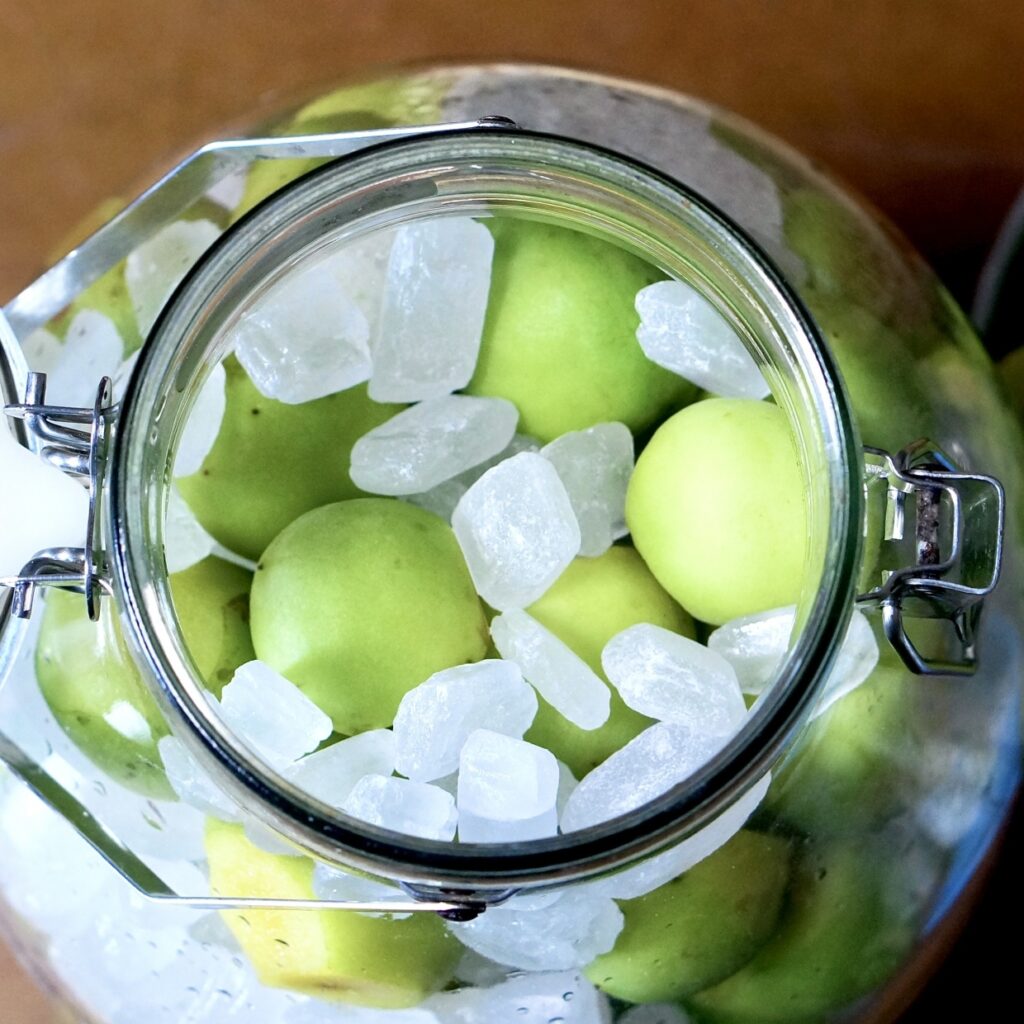
自家製の梅干し、梅酒や梅シロップなど、市販品とは一味違う味わいがありますね。
Homemade umeboshi, plum wine, plum syrup, and other products have a slightly different flavor than commercially available products.
半夏生(はんげしょう/Hangesyou)
夏至から数えて11日目。梅雨が明けるころ。
11th day from Gesh i(the summer solstice) It’s around the end of the rainy season.
暦のうえでの夏(立夏~立秋)のほぼ真ん中。現代の暦では7月の初め。
Approximately the middle of summer (from first summer to first autumn) According to the modern calendar, it’s around July 2nd.
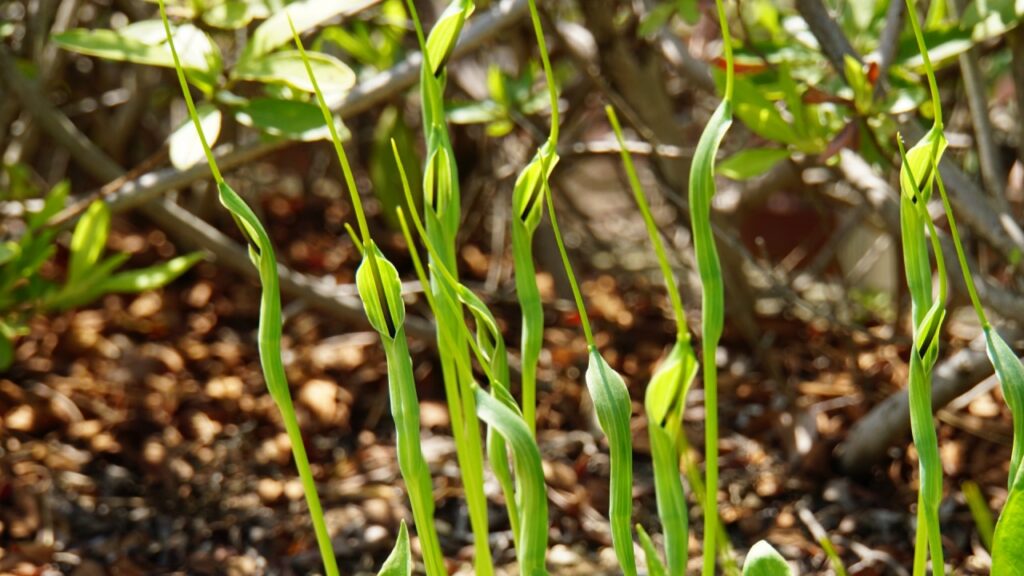
半夏(はんげ)とは、雑草としてあまり目にとまることのない烏柄杓(からすびしゃく)のこと。この半夏が生えるころなので「半夏生(はんげしょう)」
Hange refers to Karasubishaku, a weed that is not often noticed. This is the time when Hange grows, so it is called “hangesho”.
*七十二候には、半夏生(はんげしょうず)があります
*There is Hangeshozu in 72 pentads.
毒性があるものの、地下茎(球茎)は生薬(しょうやく)として用いられます。かつては、農作業の合間にとって小遣い稼ぎにしたことから「へそくり」という別名もあるそうです。
Although toxic, the underground stems (corms) are used as herbal medicines. In the past, it was used as a way to earn some pocket money during breaks from farm work, which is why it is also called “hesokuri.’’
半夏生過ぎたら半作(はんげしょうすぎたらはんさく)/After Hangesyo, the harvest will be half
半夏生を過ぎてからの田植えは遅過ぎて、収穫も普通の半分位にしかならない。
故事俗信ことわざ大辞典
It is too late to plant rice after Hangesyo (the mid-summer season), and the harvest will only be about half of normal.
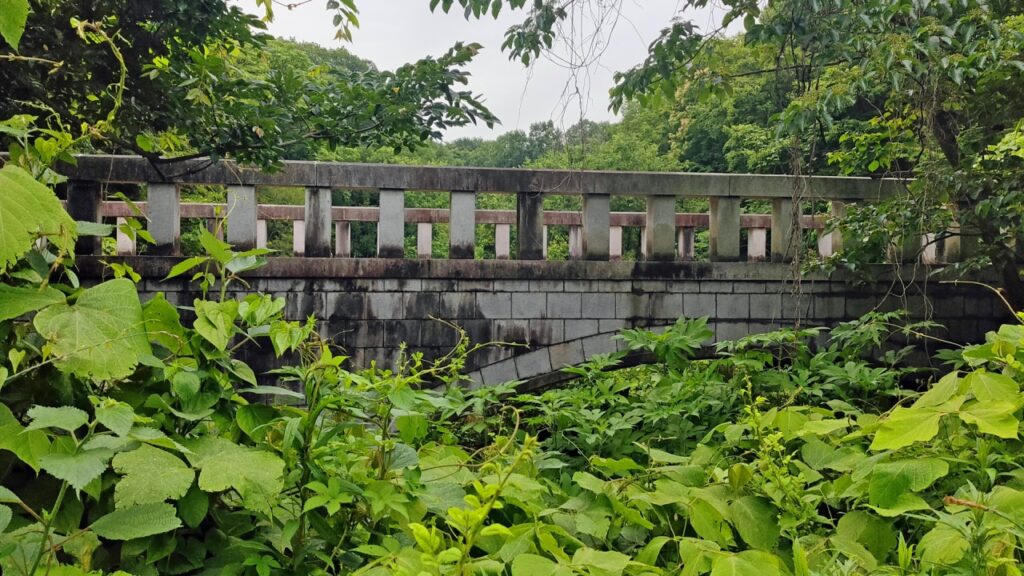
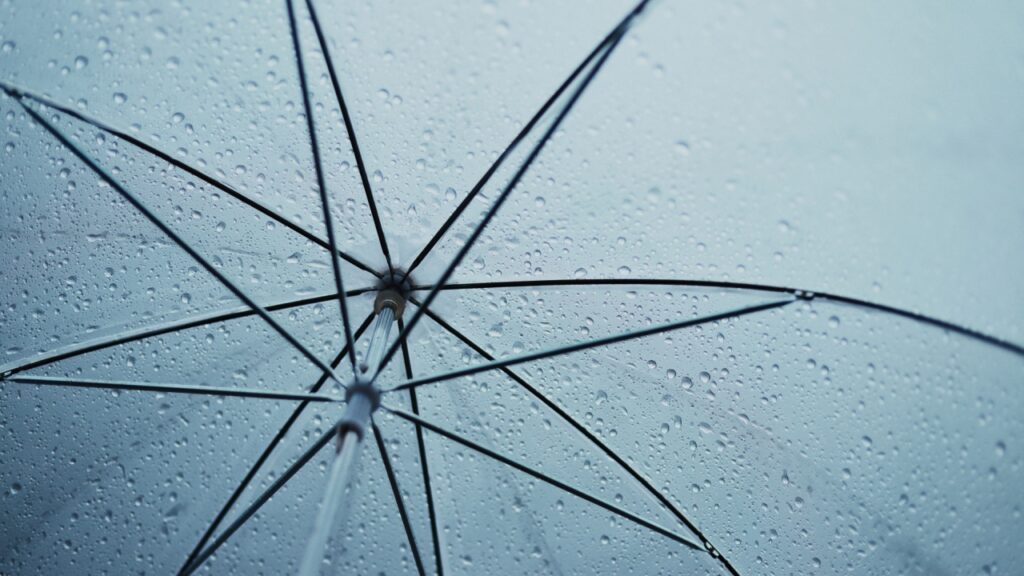
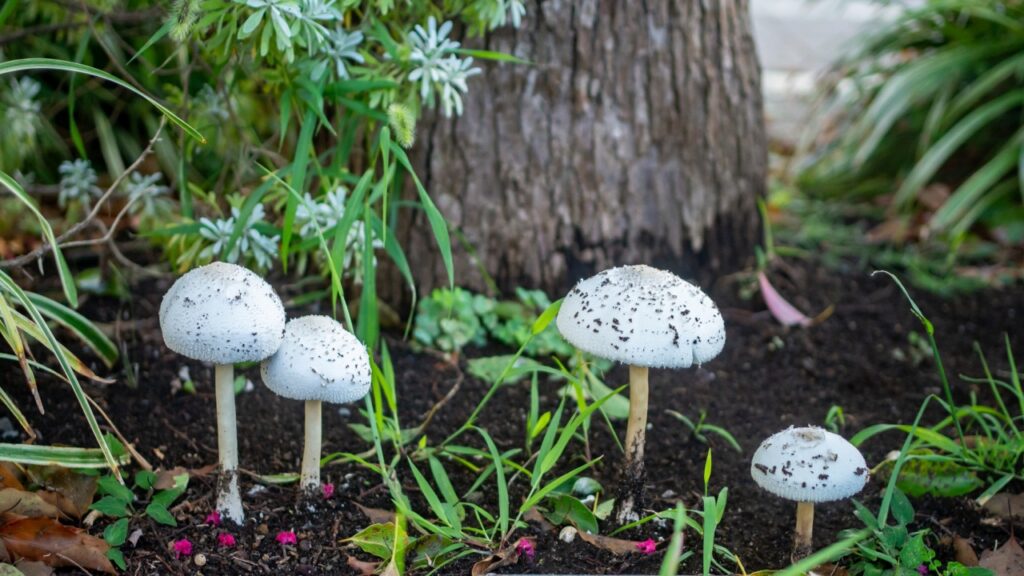
半夏生の日にとった生き物を食うな(はんげしょうのひにとったいきものをくうな)/Don’t eat the creatures you caught on the day of Hangesyo growth
半夏生の日には毒気が降るから、野菜を食べてはならない。
故事俗信ことわざ大辞典
Don’t eat vegetables on the day of Hangesyo growth, because poisonous air will fall.
半夏生筍 梅雨蕨(はんげしょうたけのこ つゆわらび)/Hangesyo bamboo shoots, rainy season warabi
半夏生のころの筍と、梅雨の時期の蕨には虫や毒があるため食べられない。
故事俗信ことわざ大辞典
Bamboo shoots in midsummer and bracken during the rainy season cannot be eaten because they contain insects and poison.
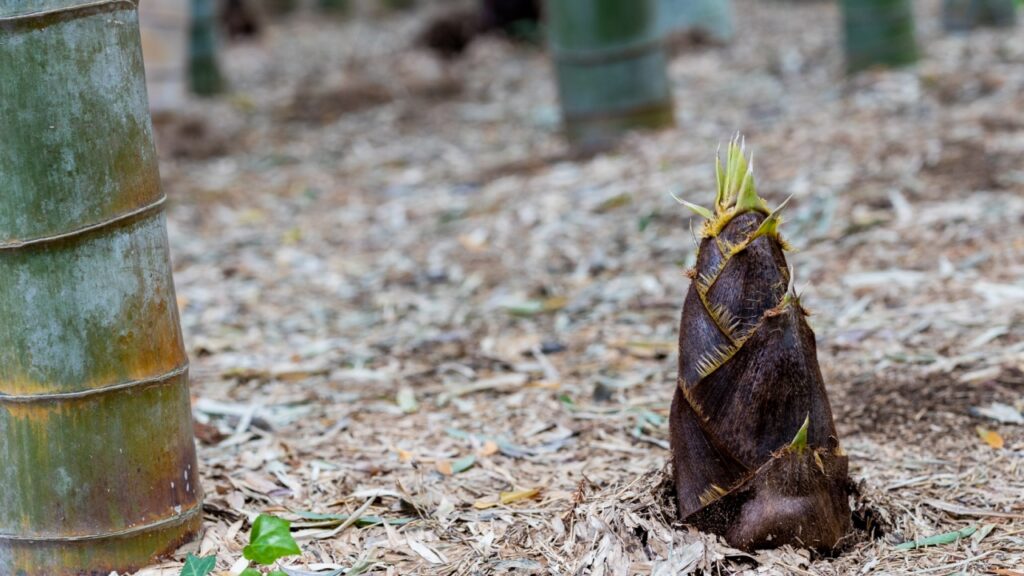
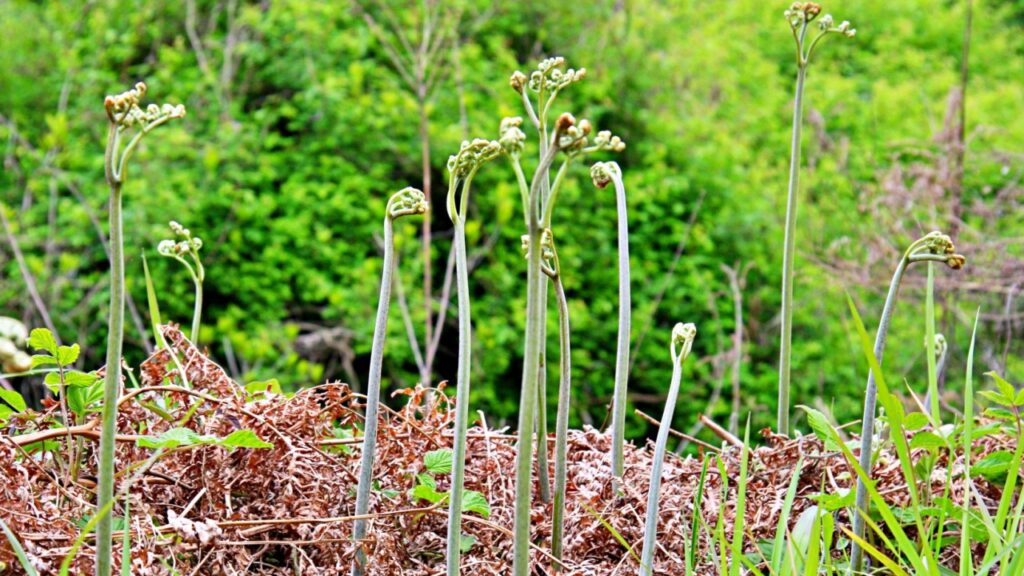
二百十日(にひゃくとおか/Nihyaku-to-ka)
立春から数えて210日目。台風に注意。
210th day since Risyun (the first day of spring) Be careful of typhoons.
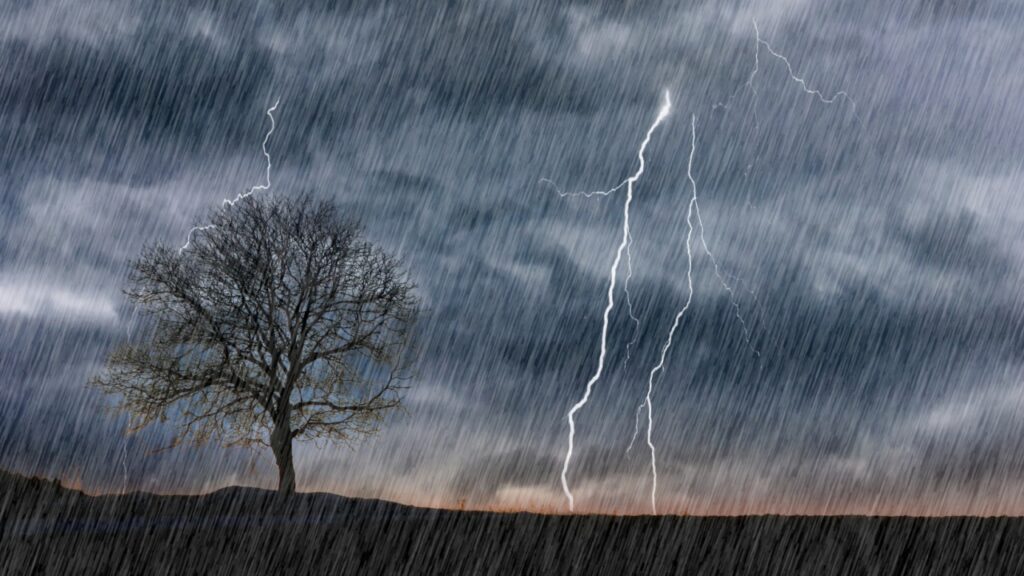
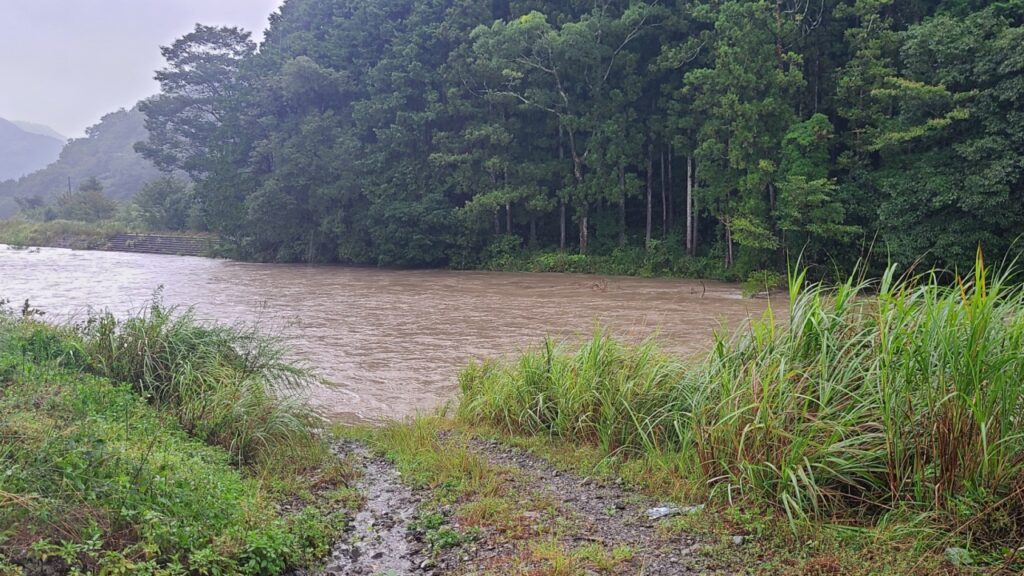
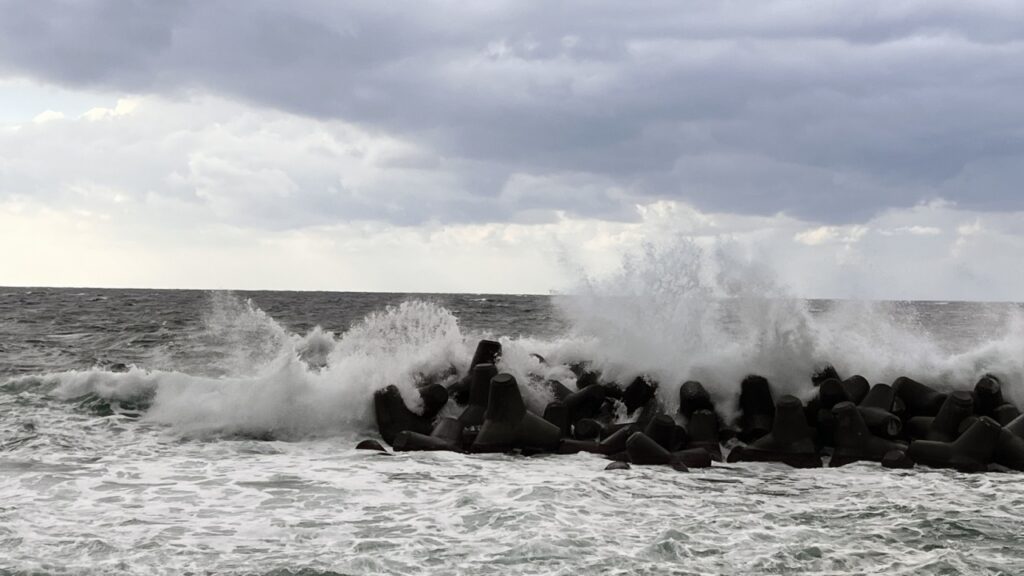
天候が荒れやすく、台風への警戒が大切な日。稲の開花時期でもあるこの時期は、二百二十日(にひゃくはつか)と共に、農家にとって厄日とされる。現代の暦で9月1日ごろ。
It’s a day when the weather tends to be rough and it’s important to be wary of typhoons. This period, which is also the time when rice blooms, is said to be a bad day for farmers, along with the 220th day. According to the modern calendar, it’s around September 1st.

